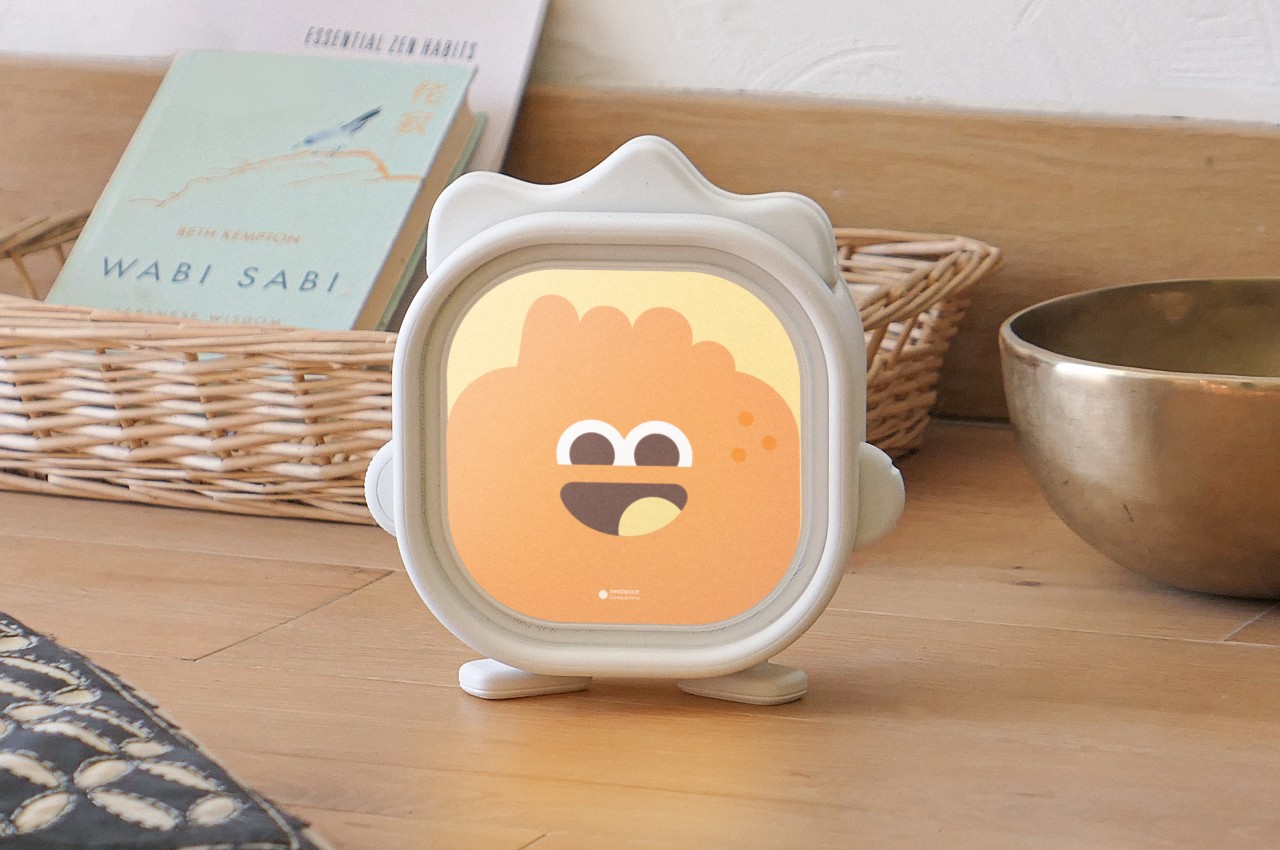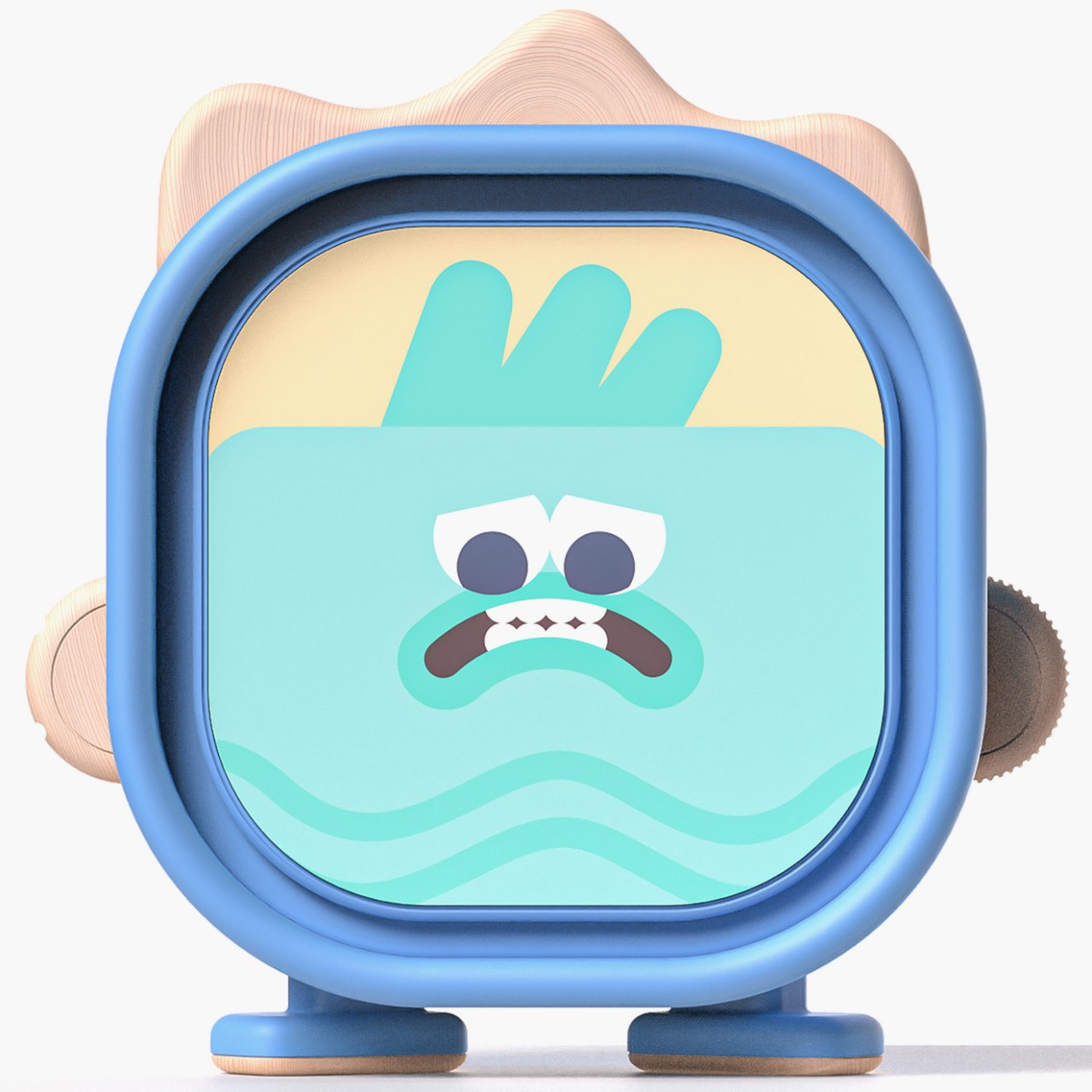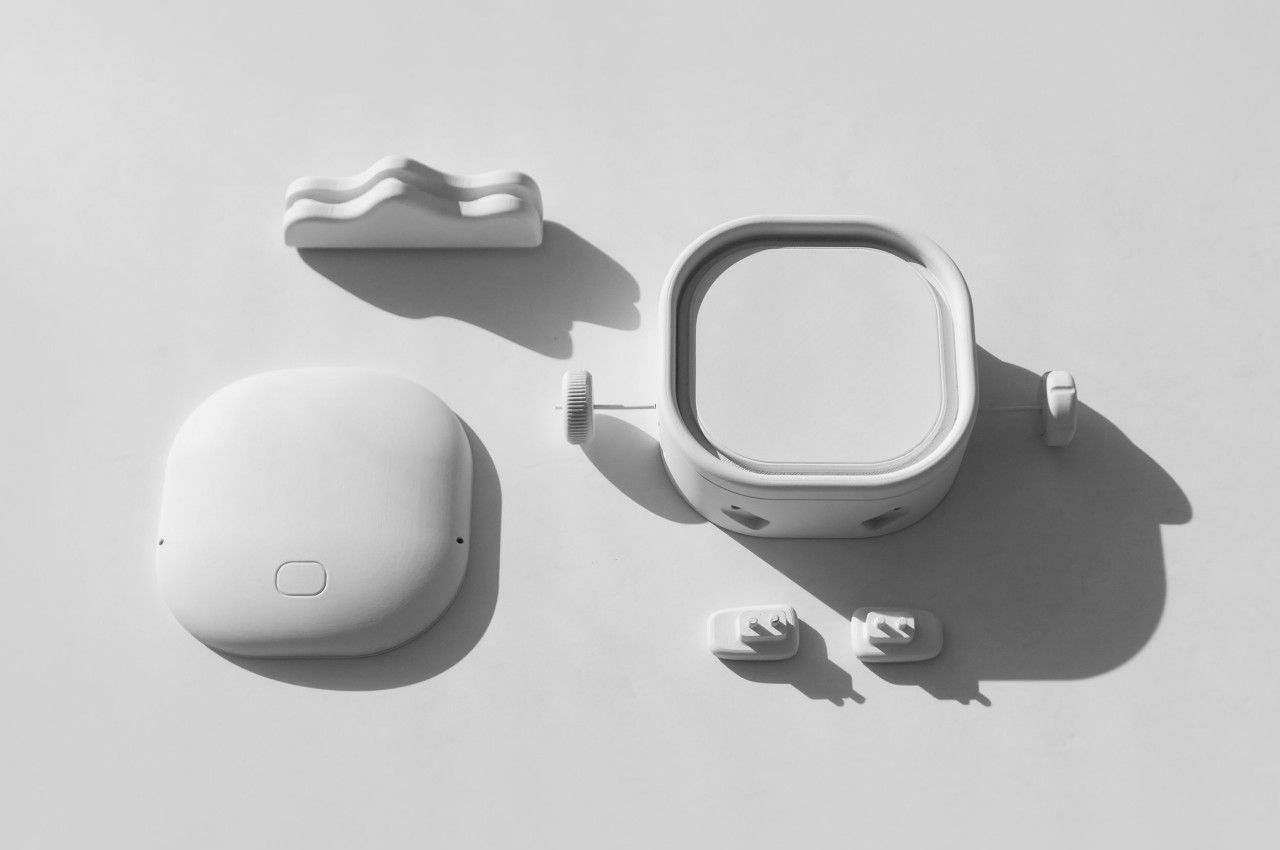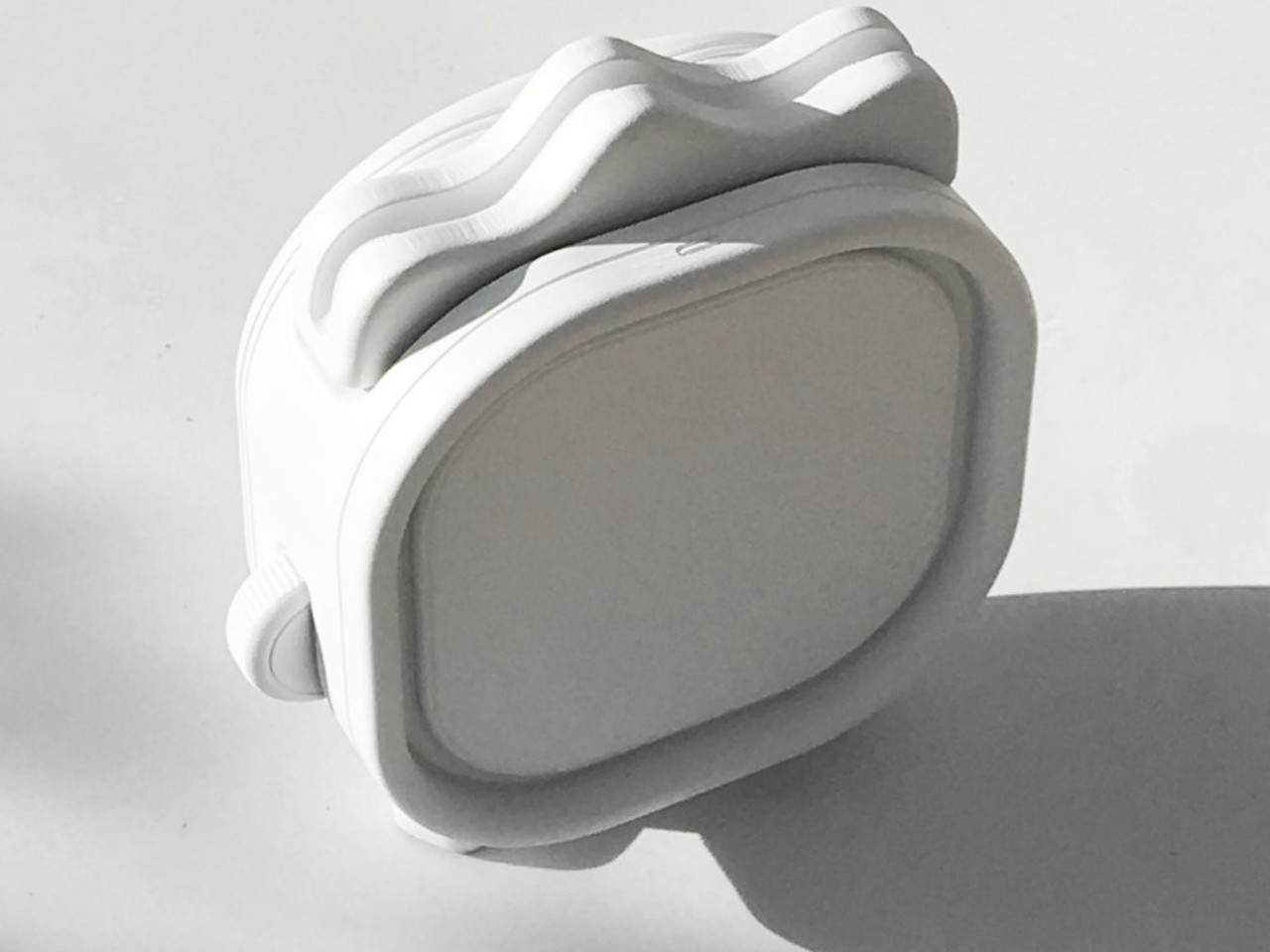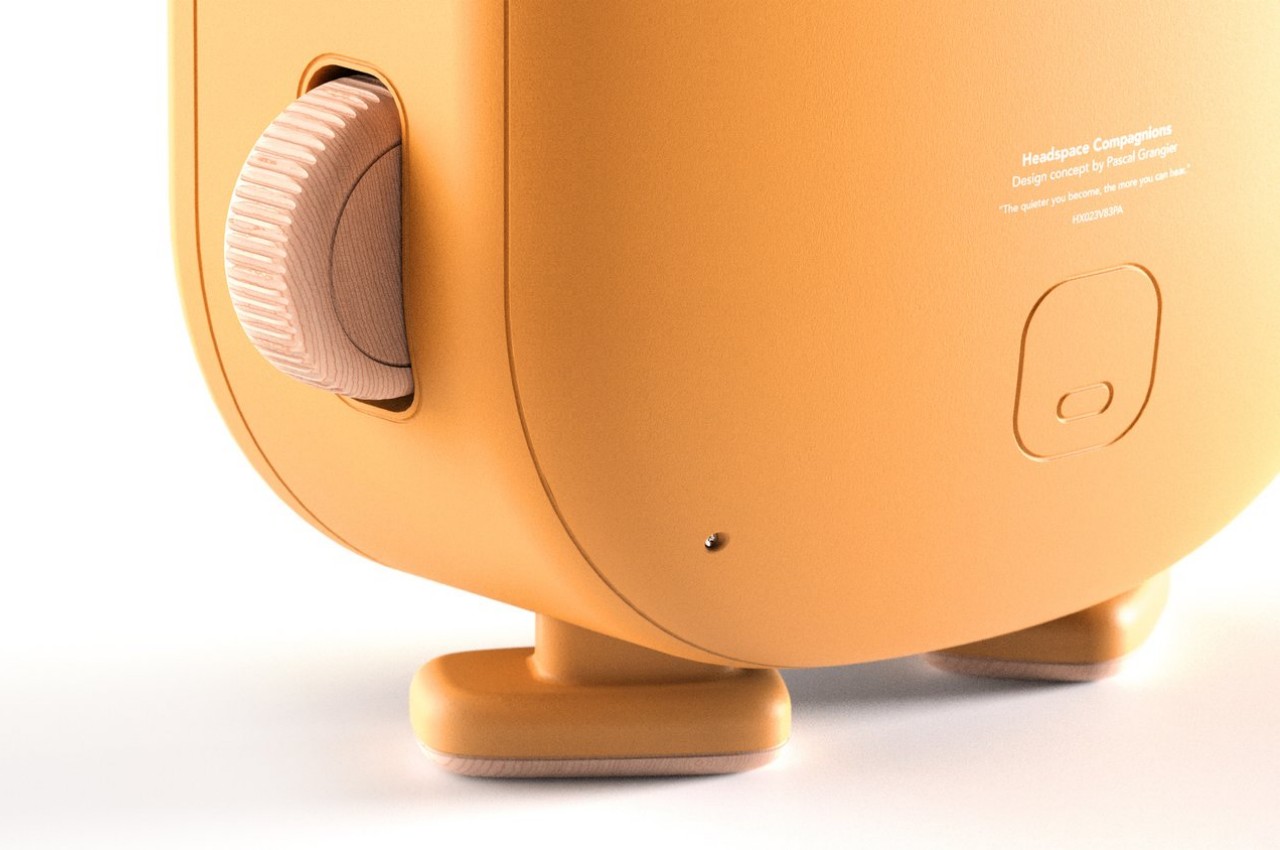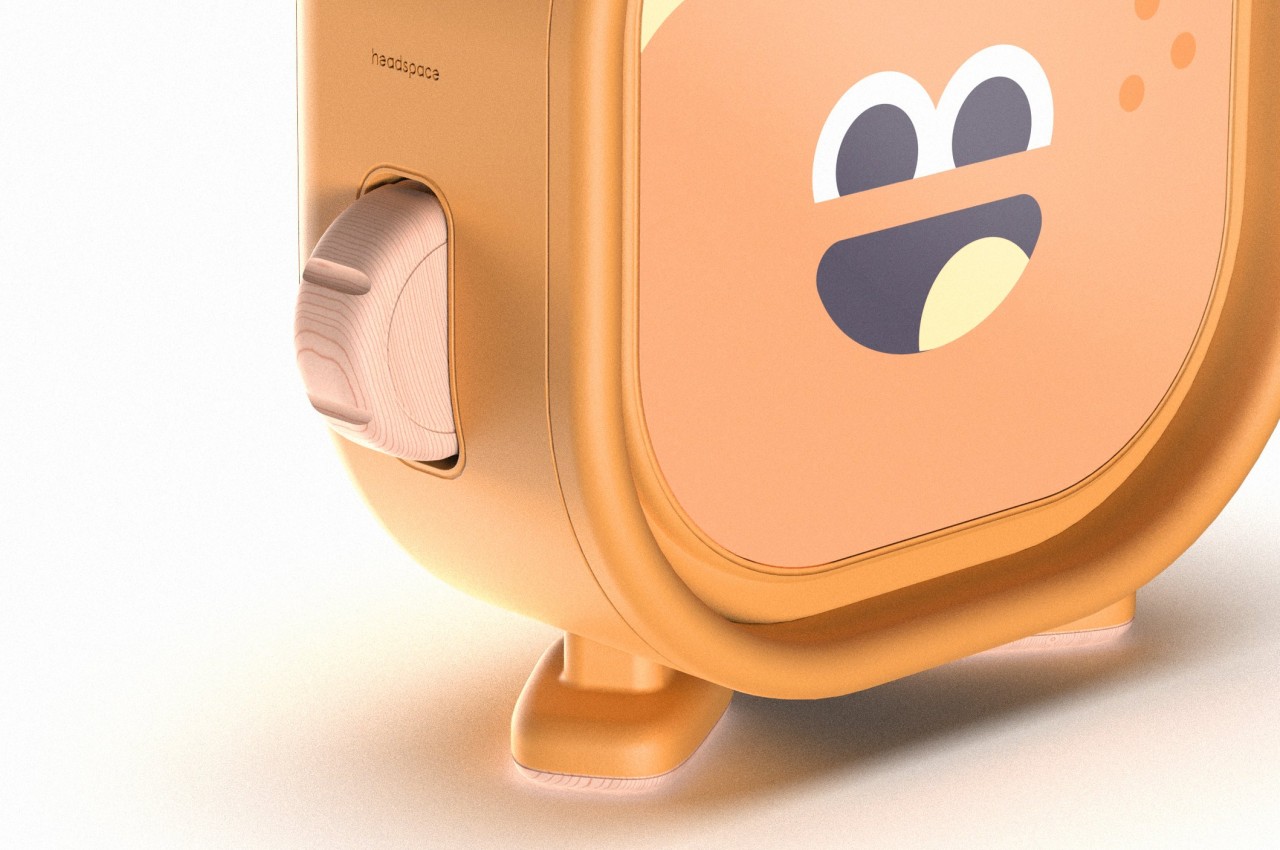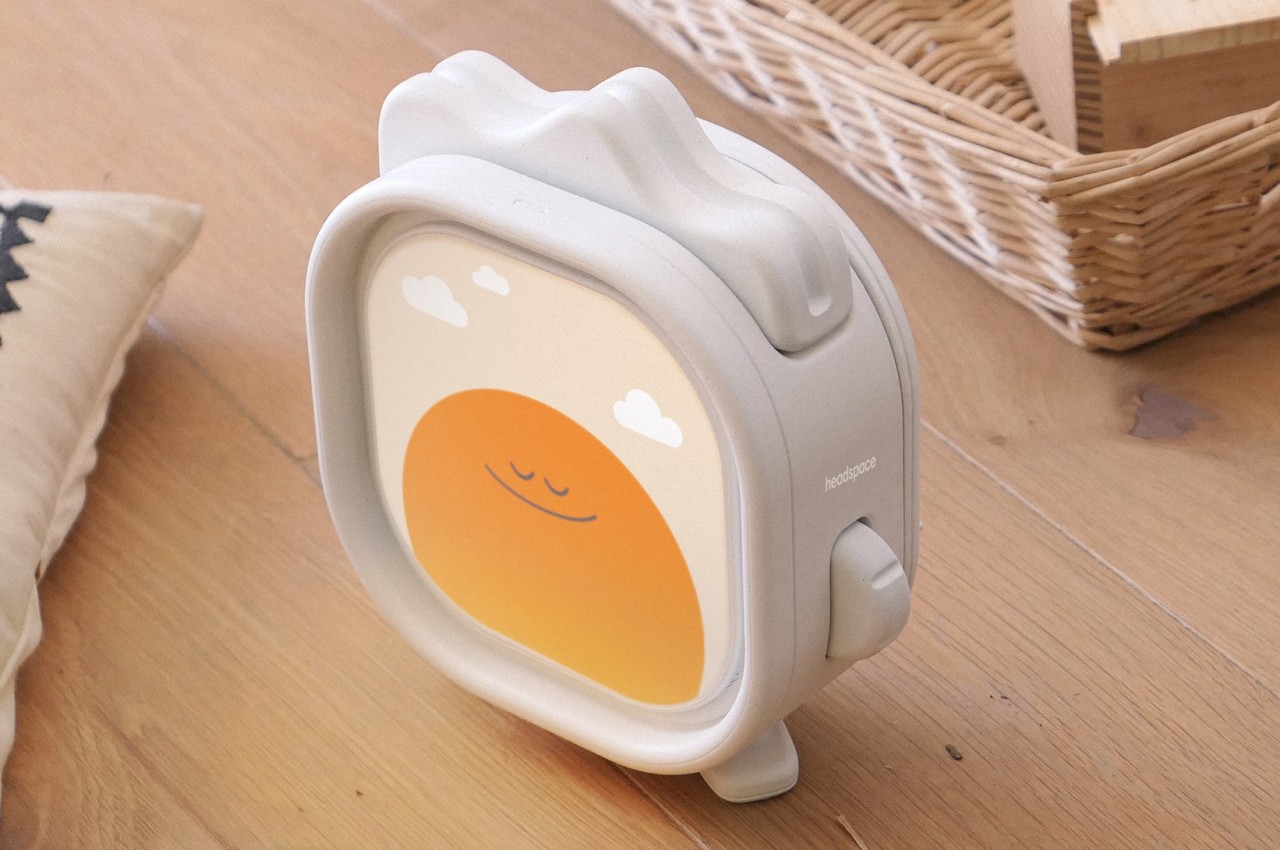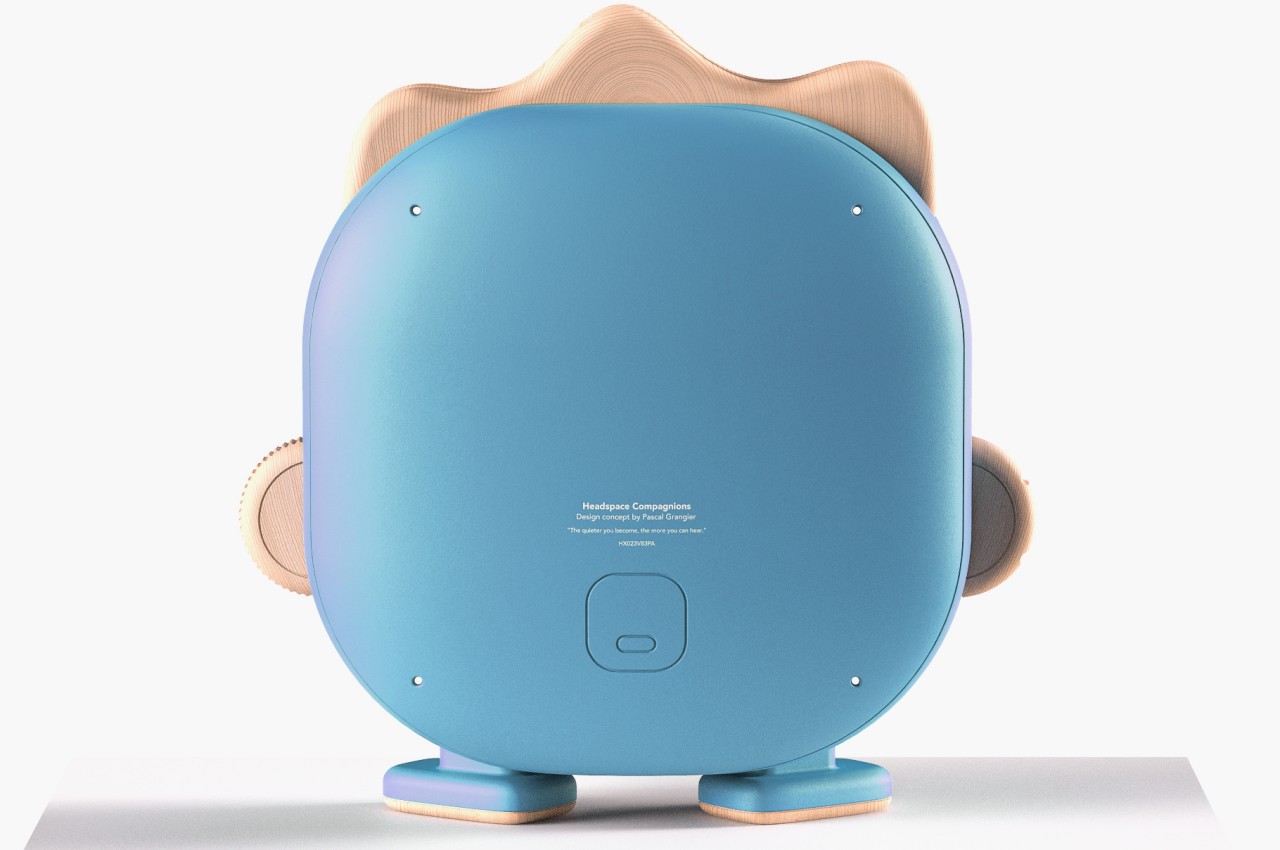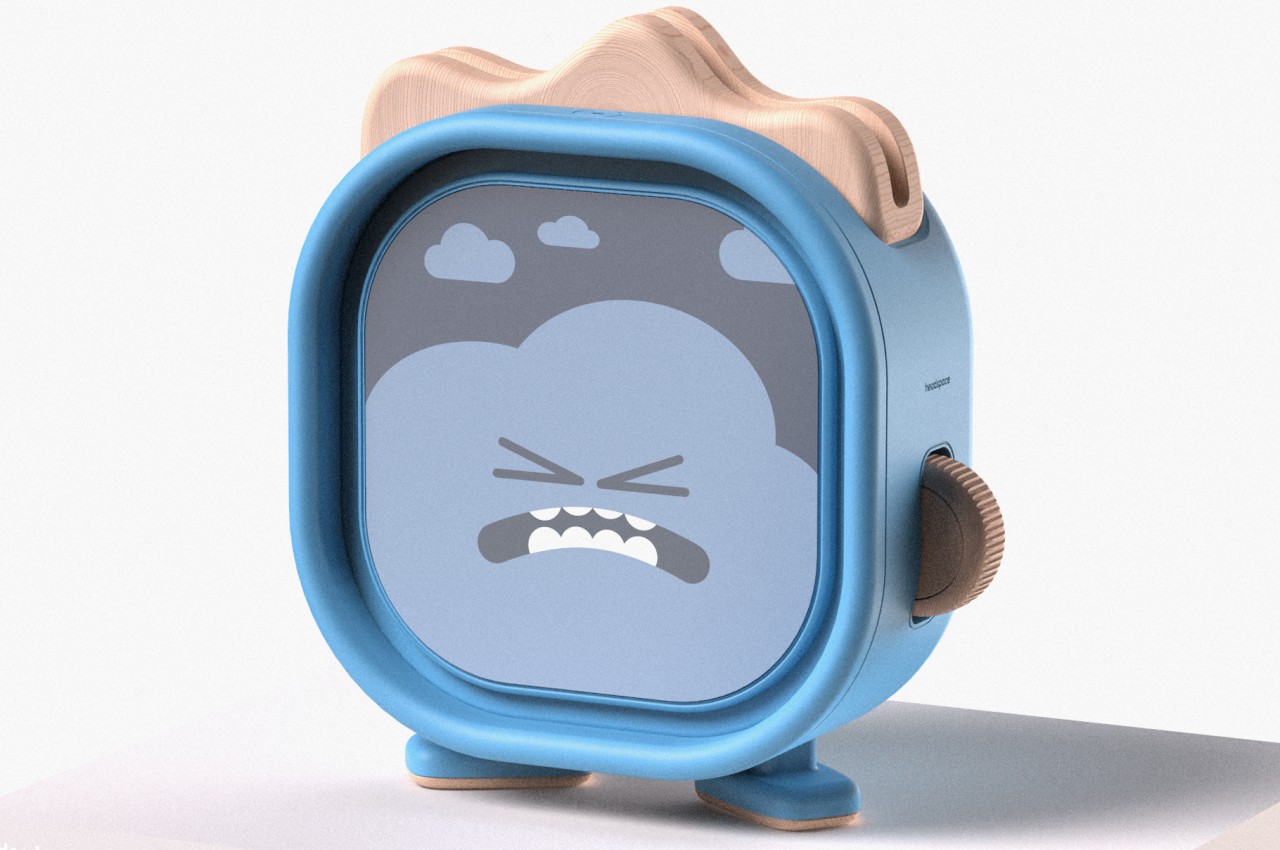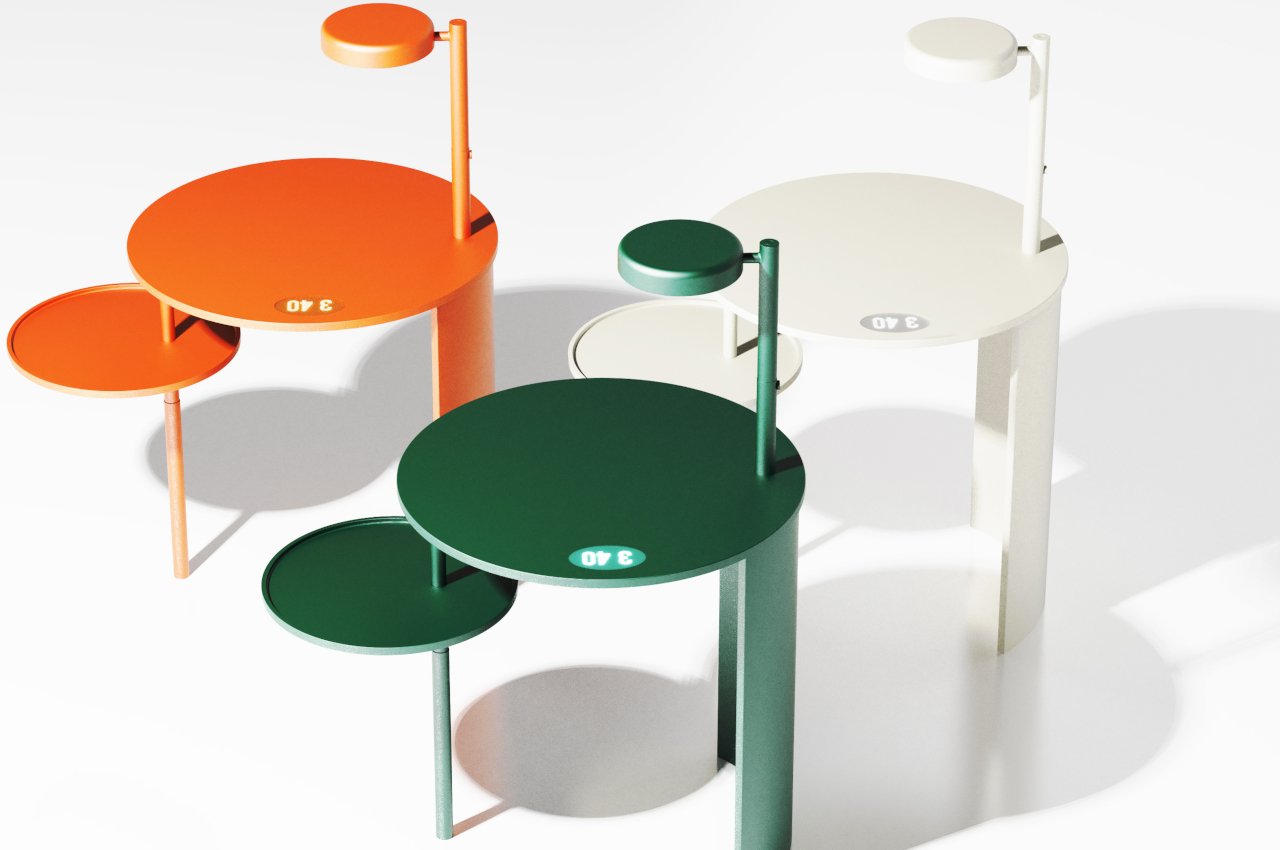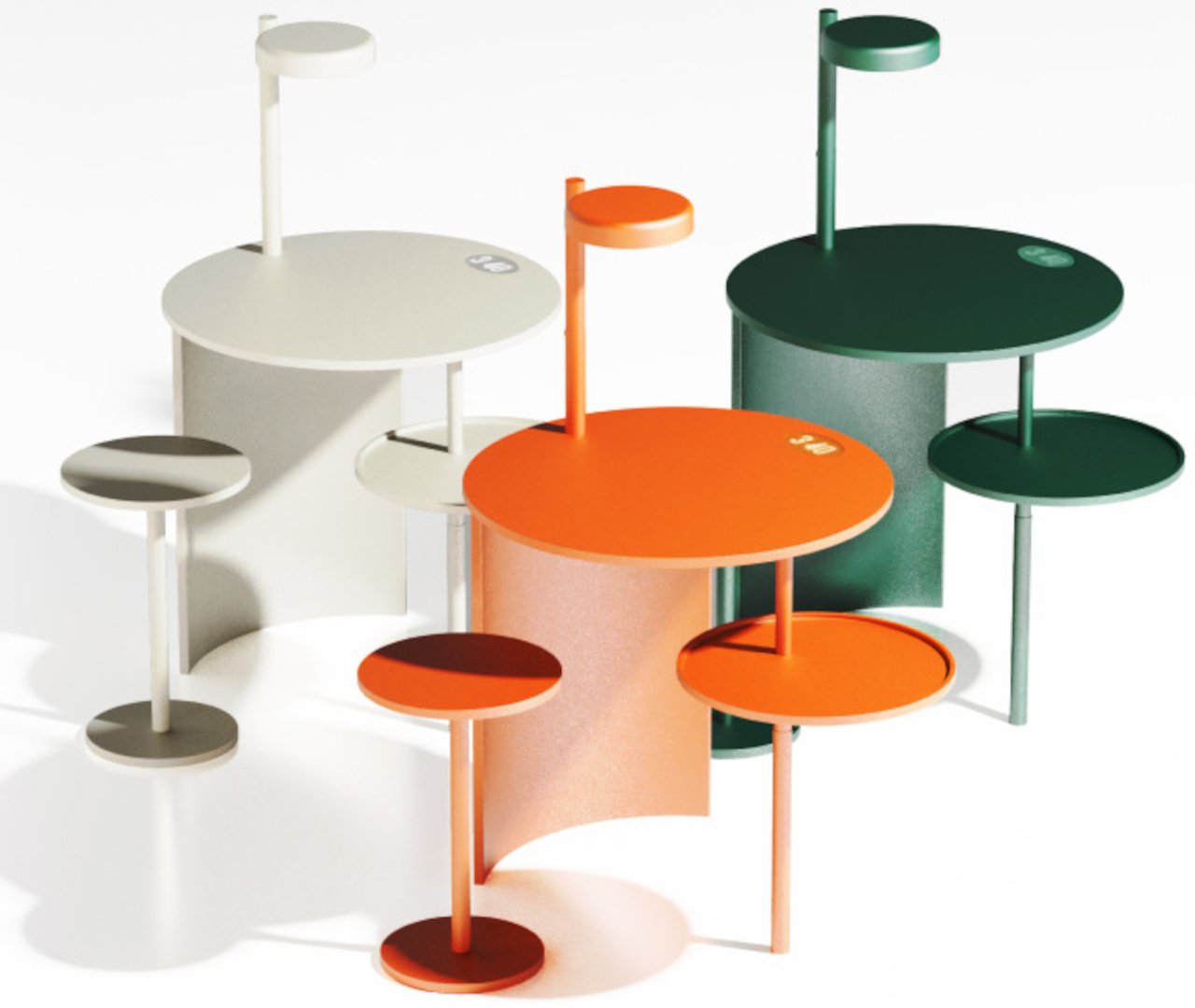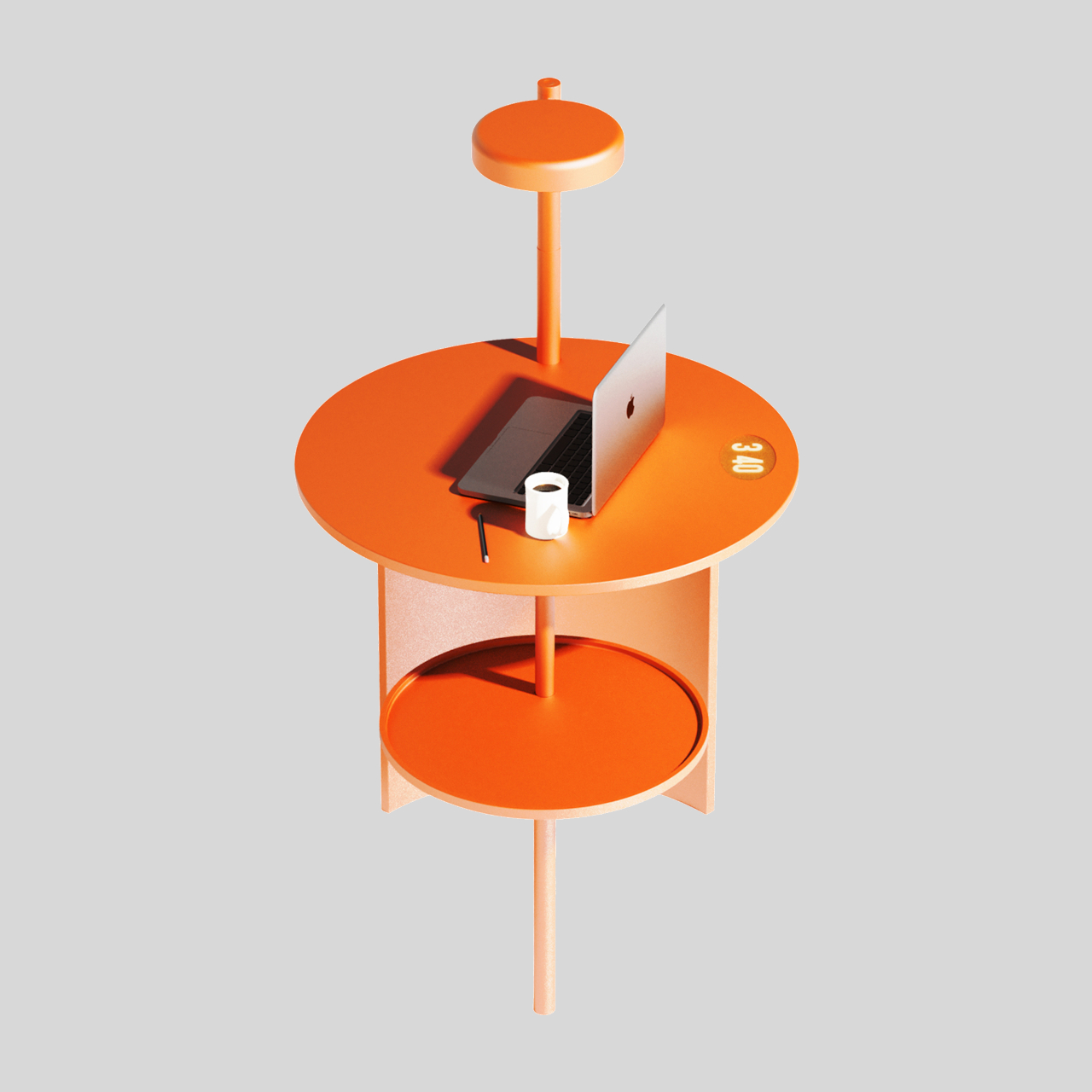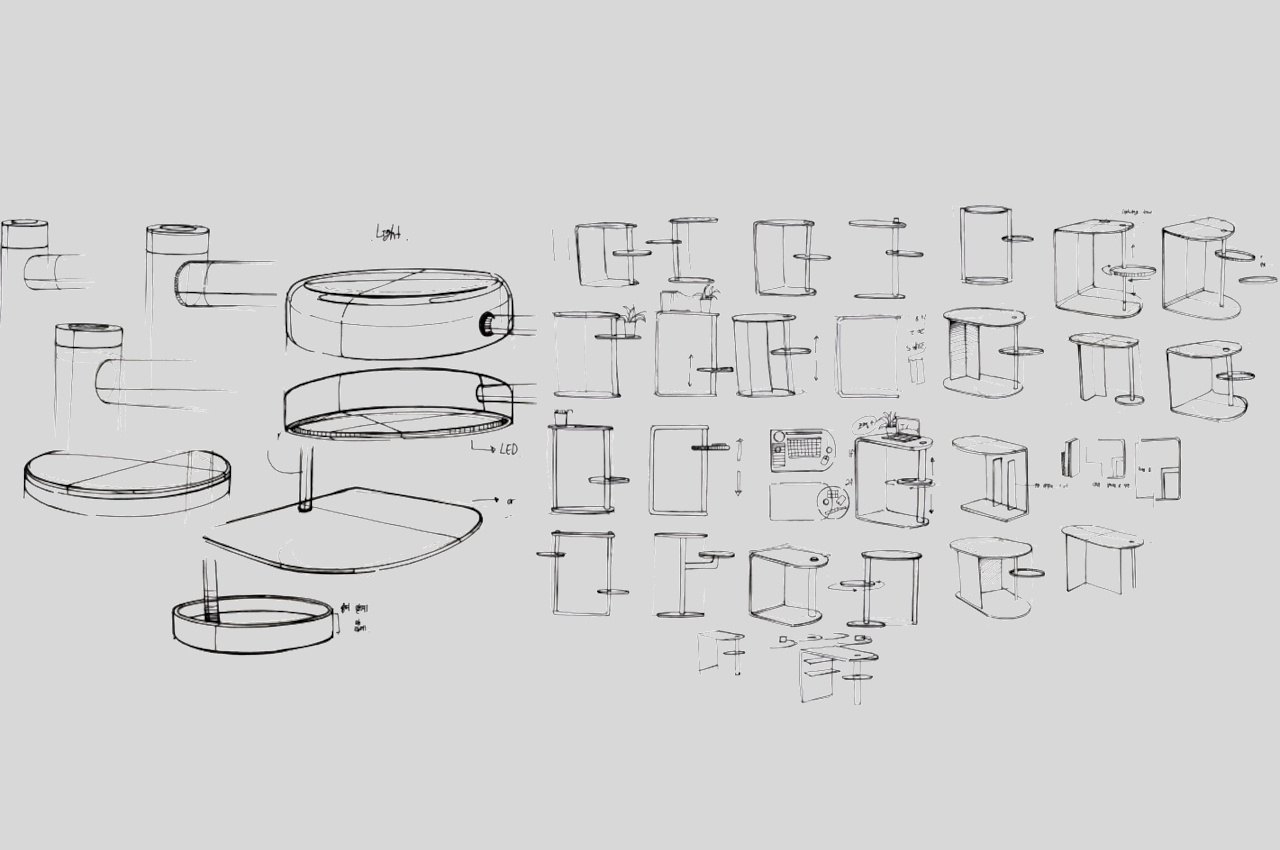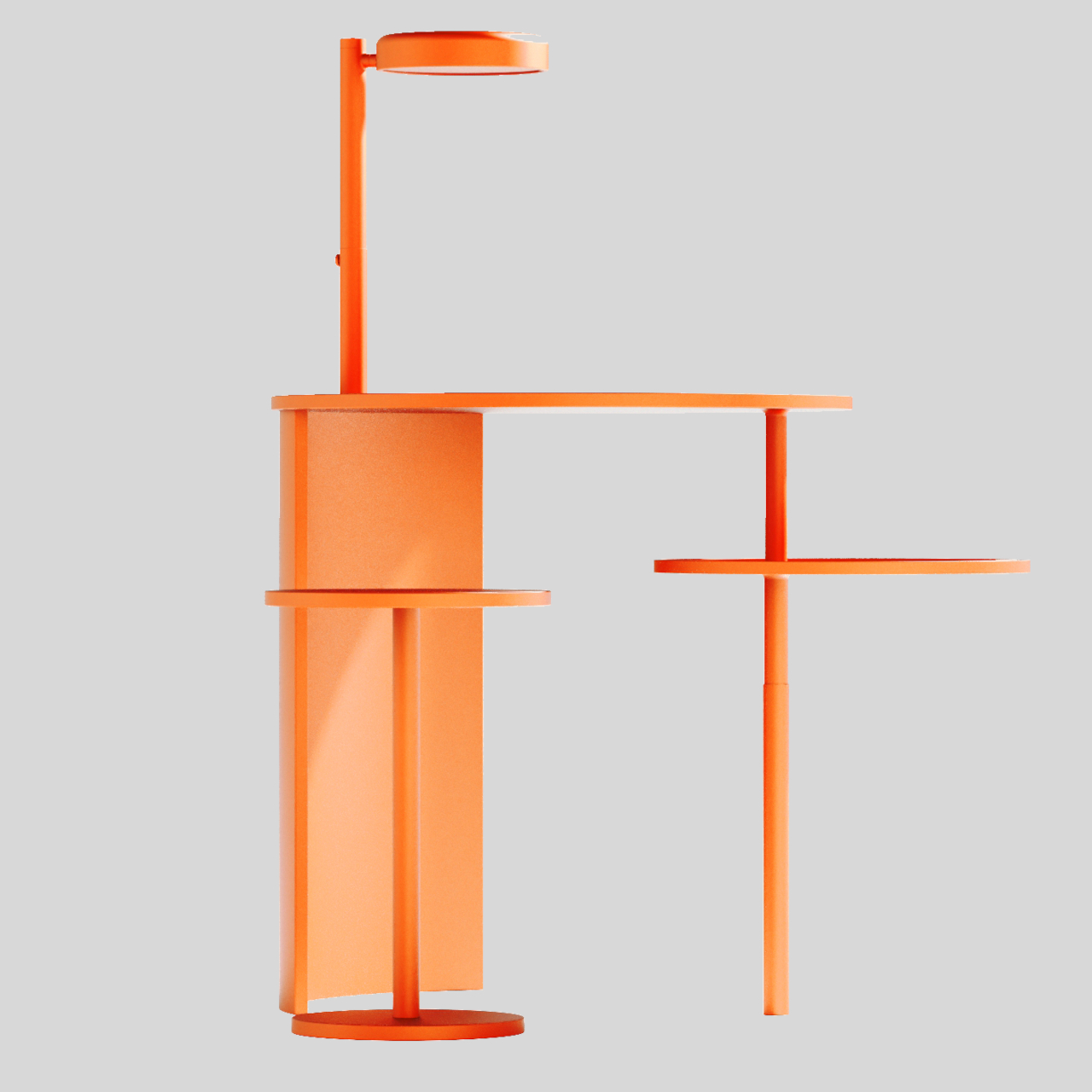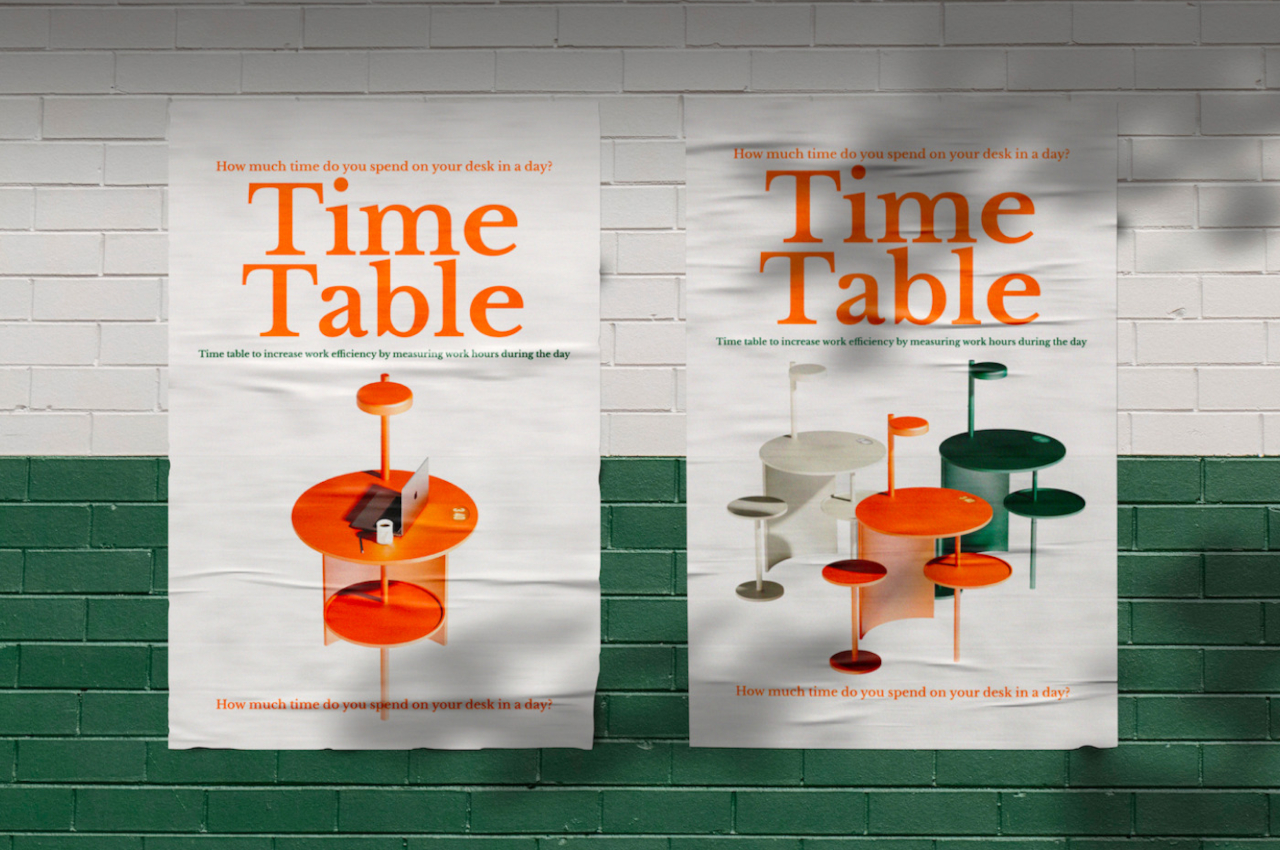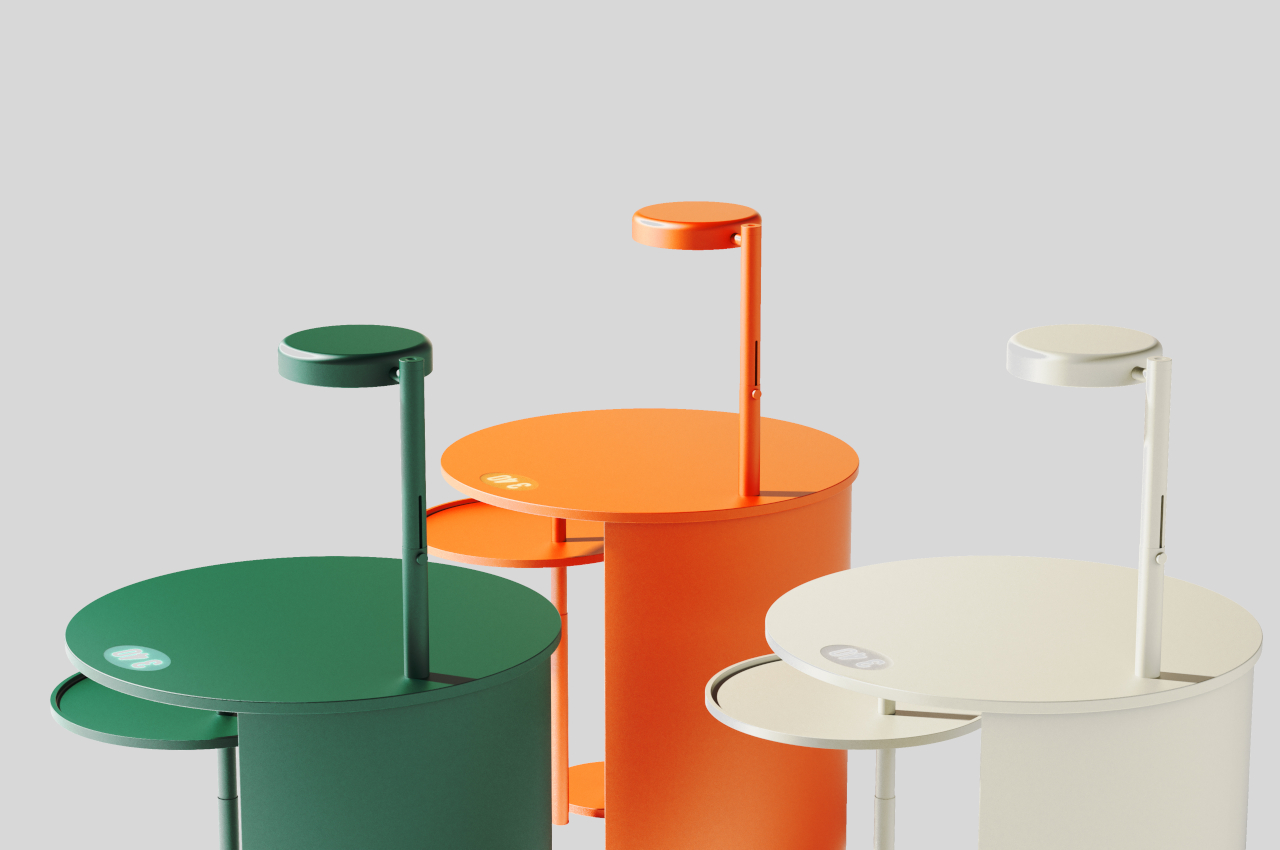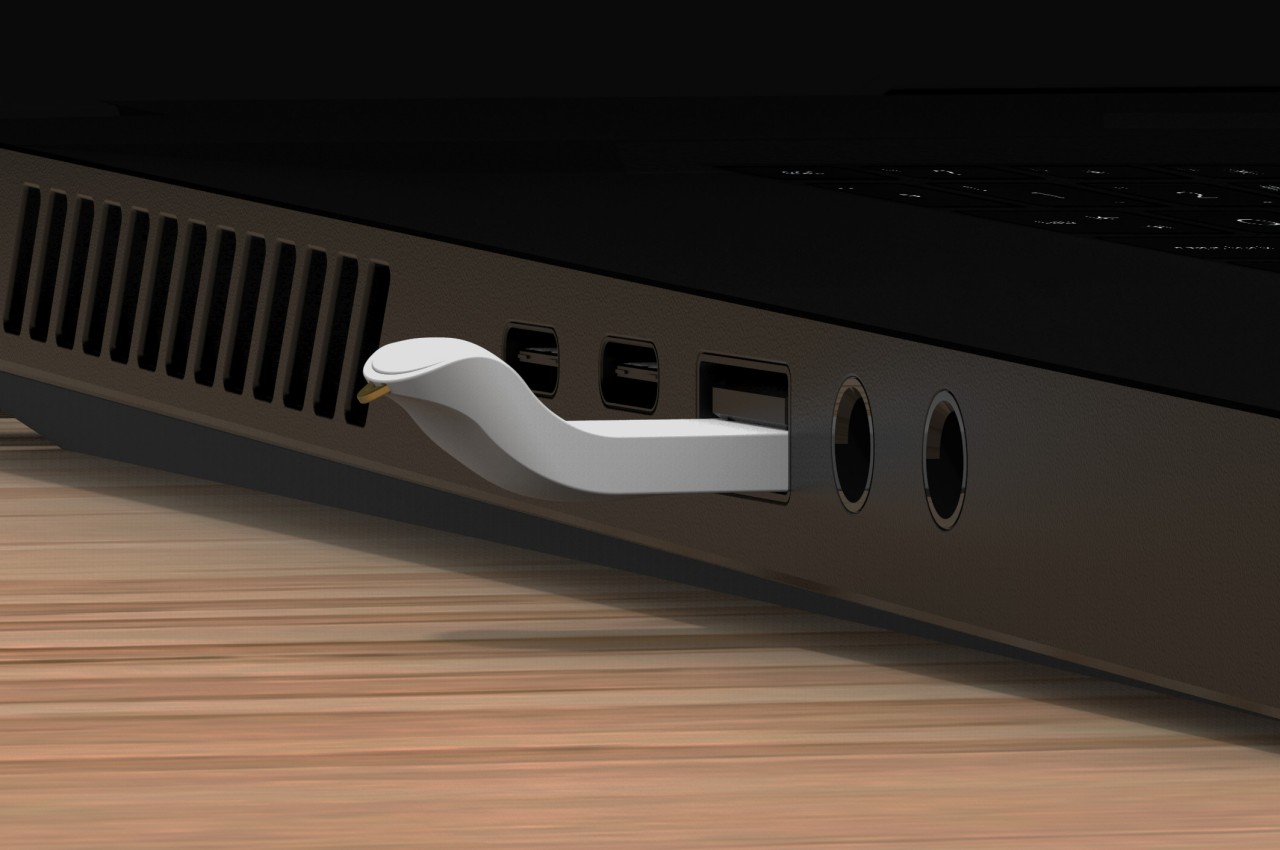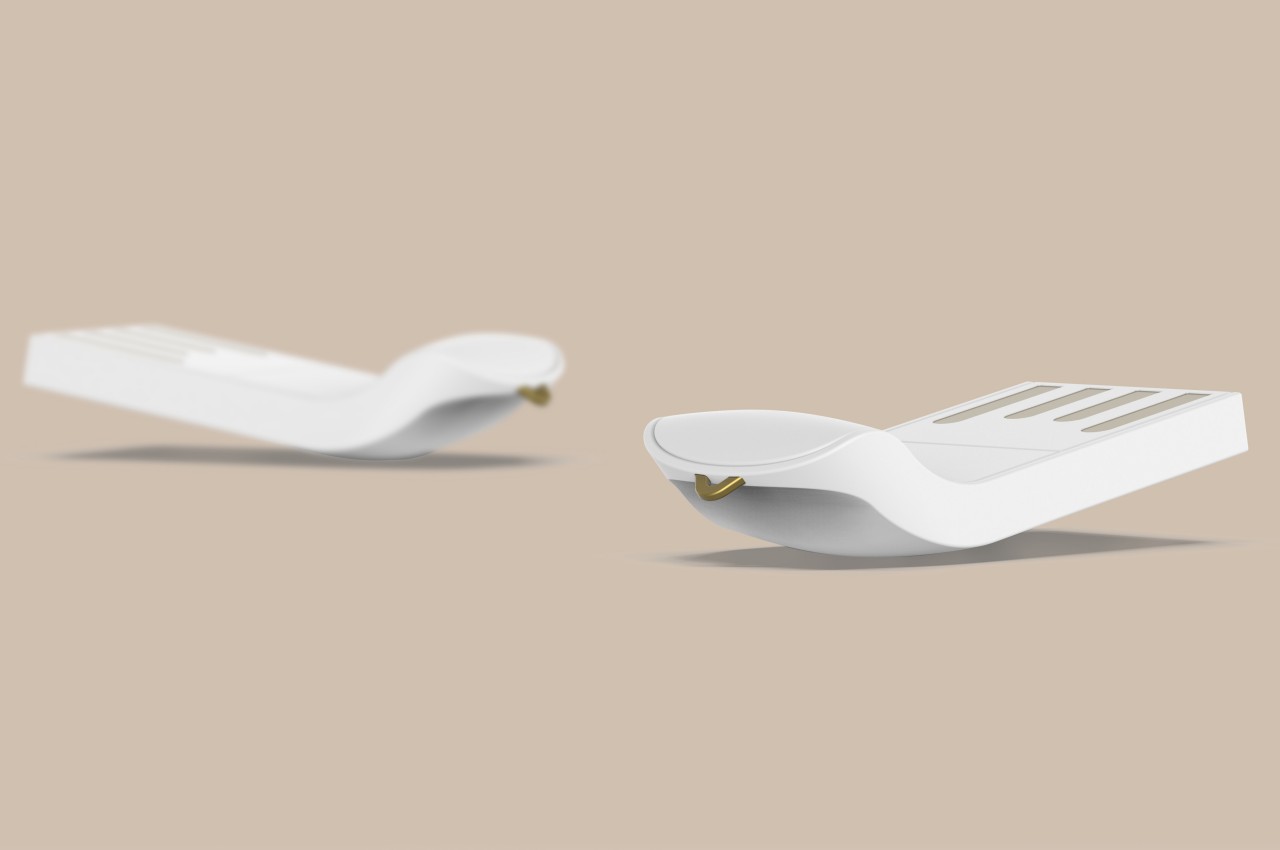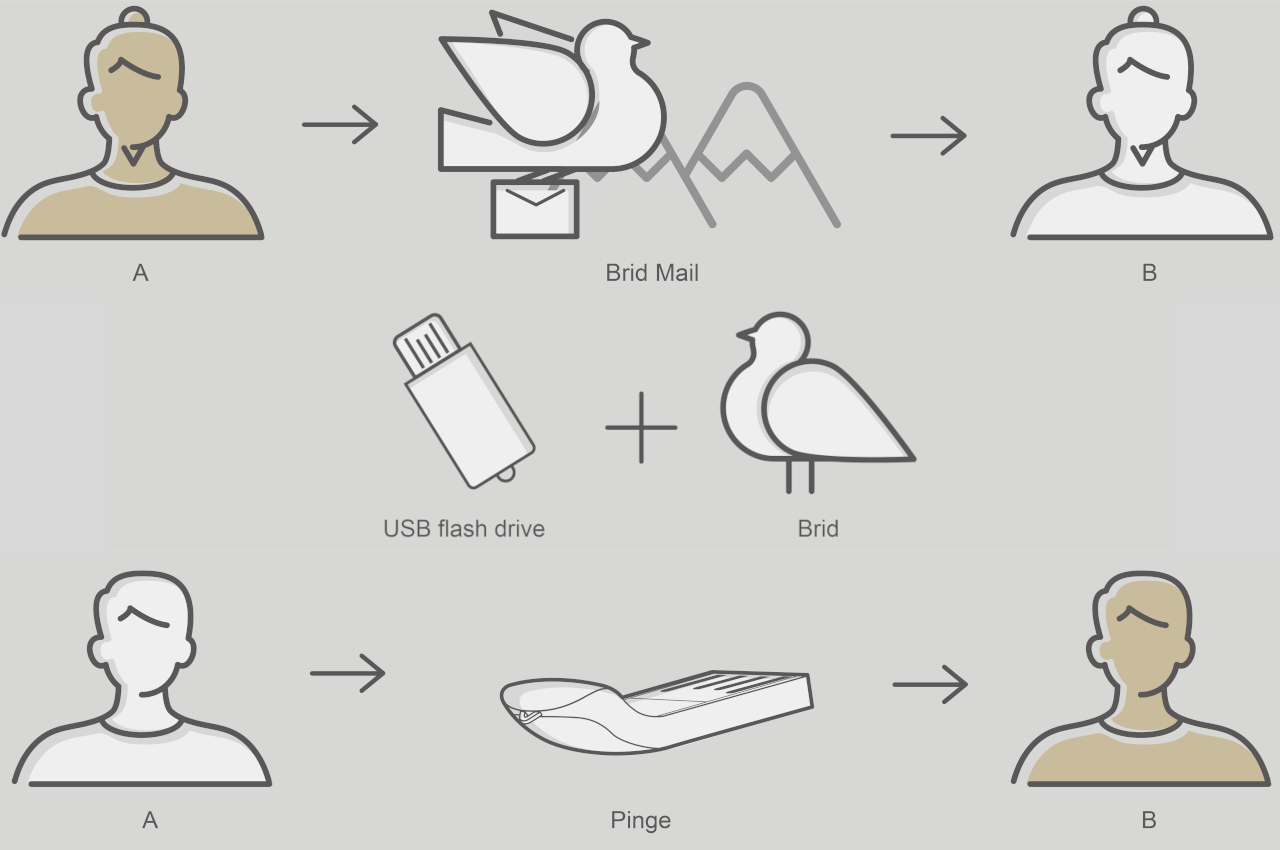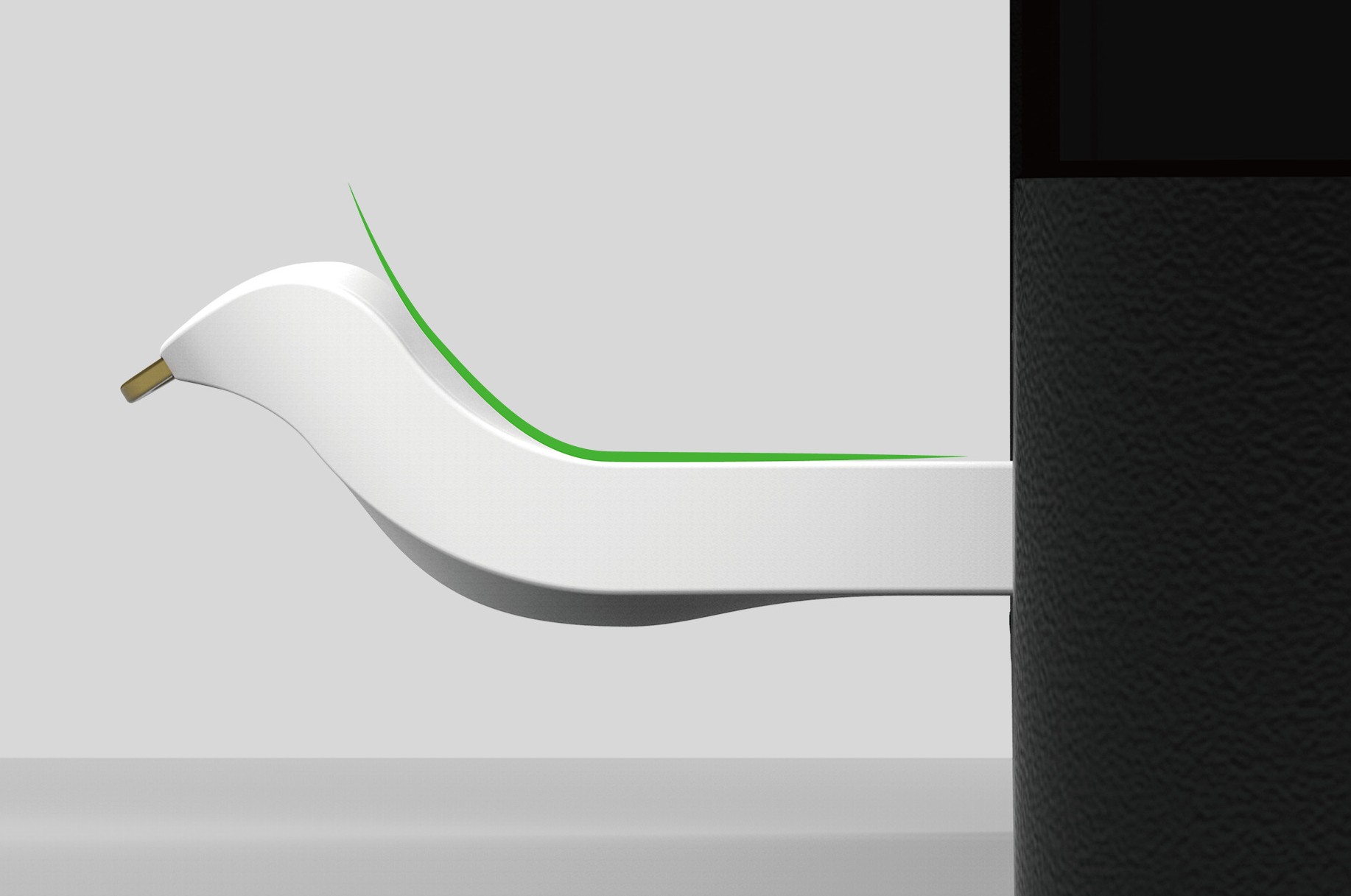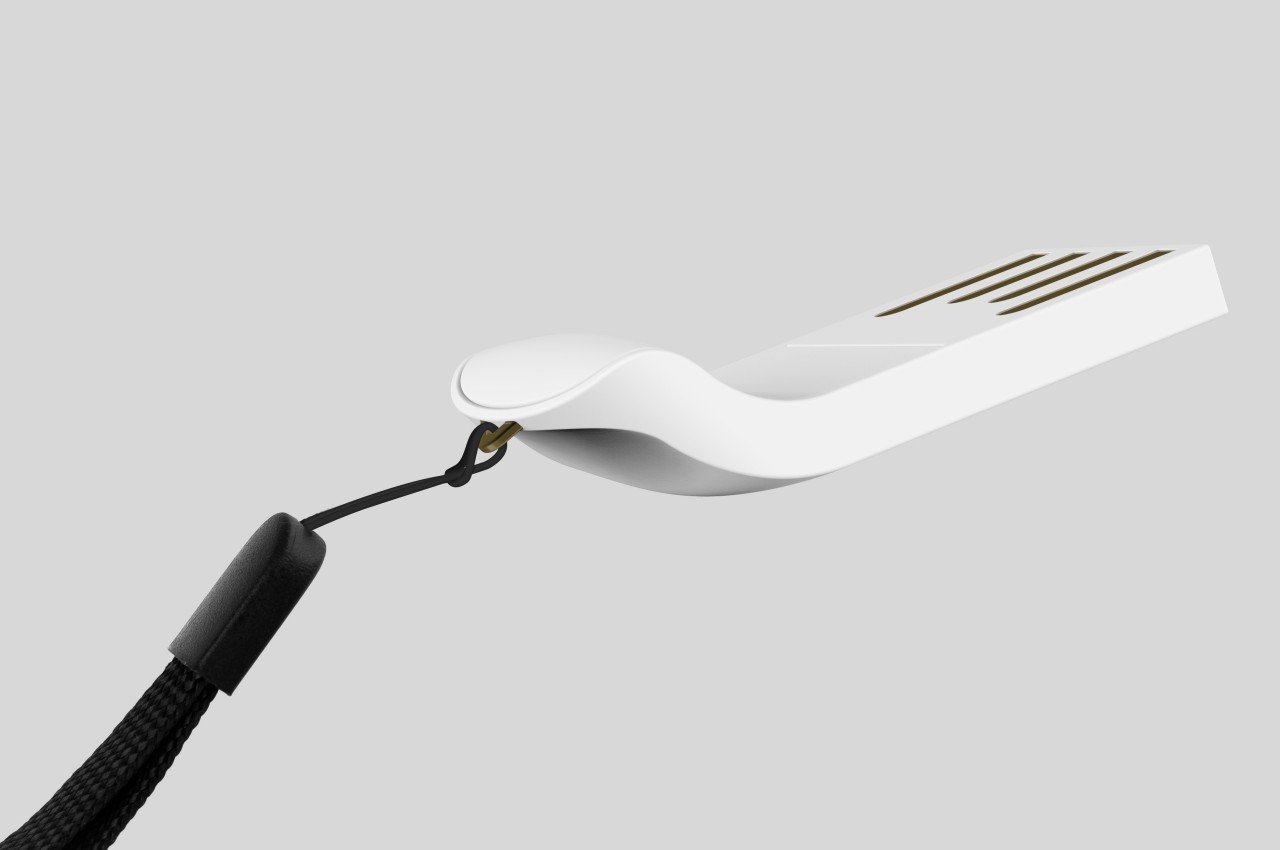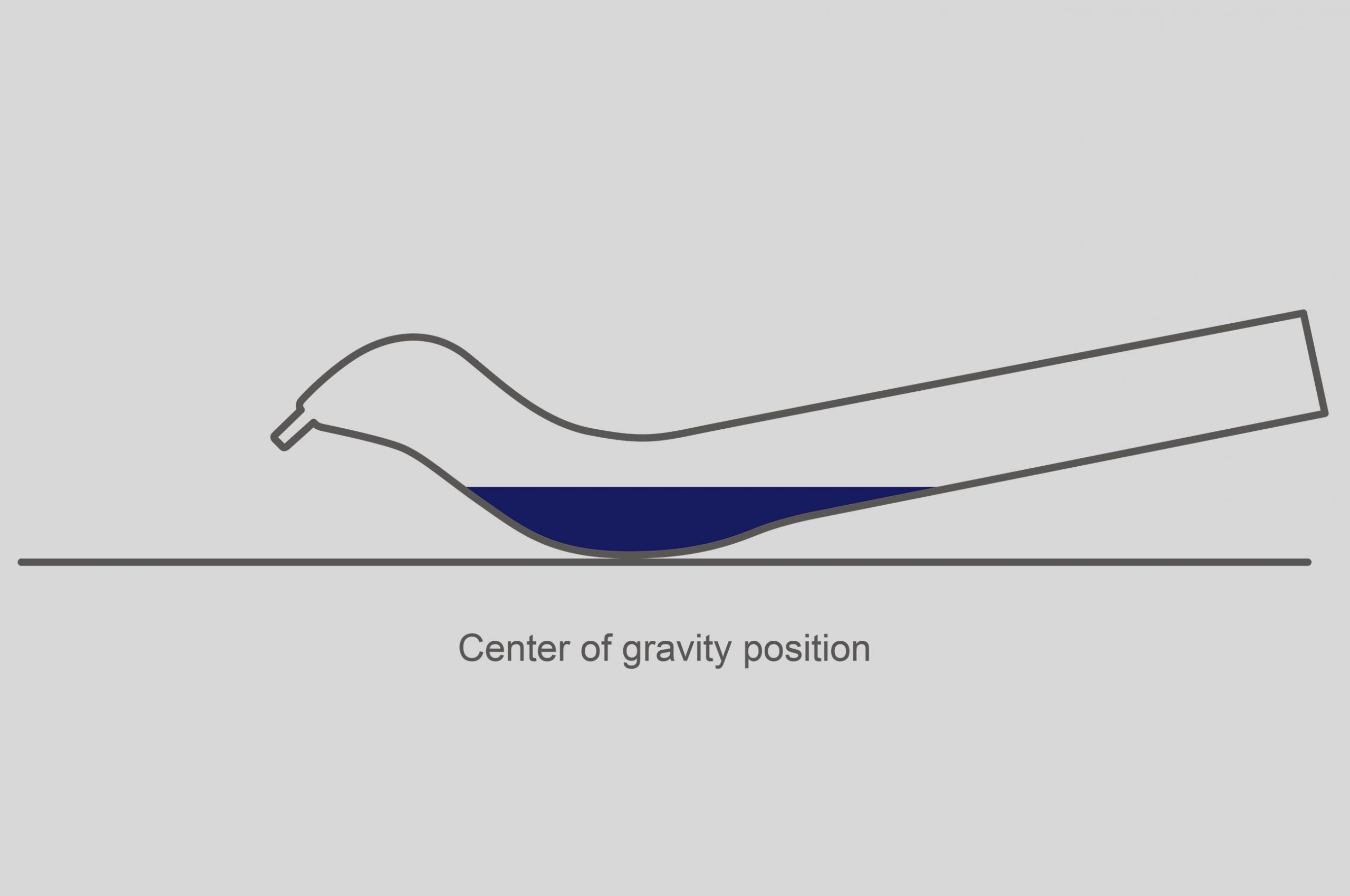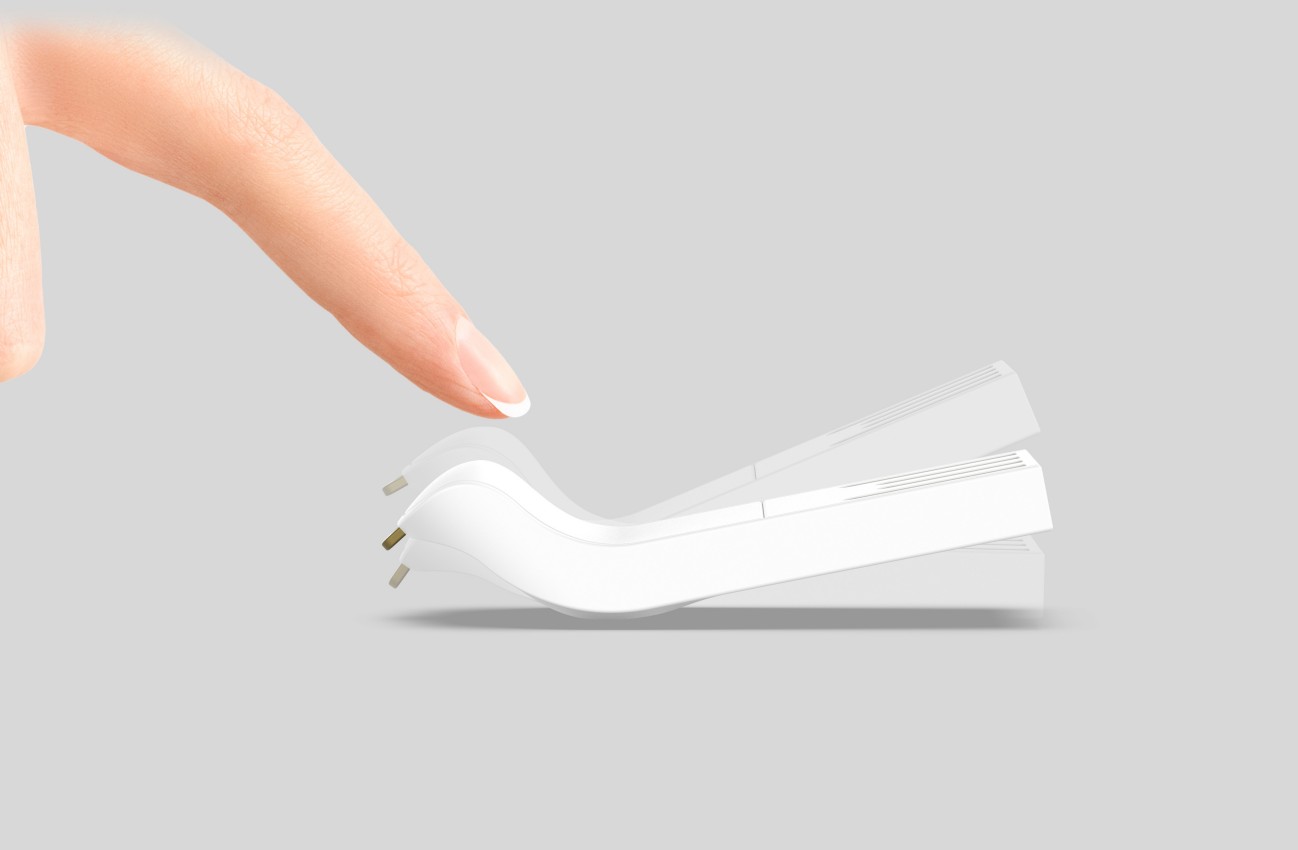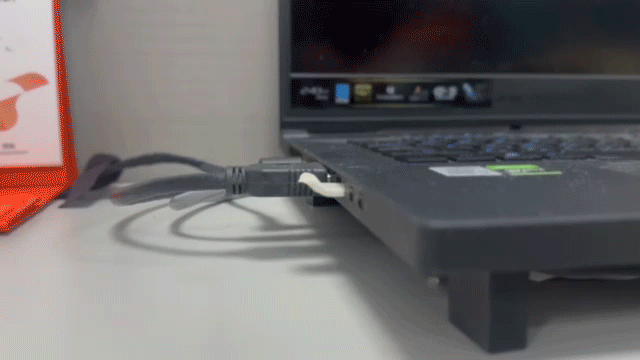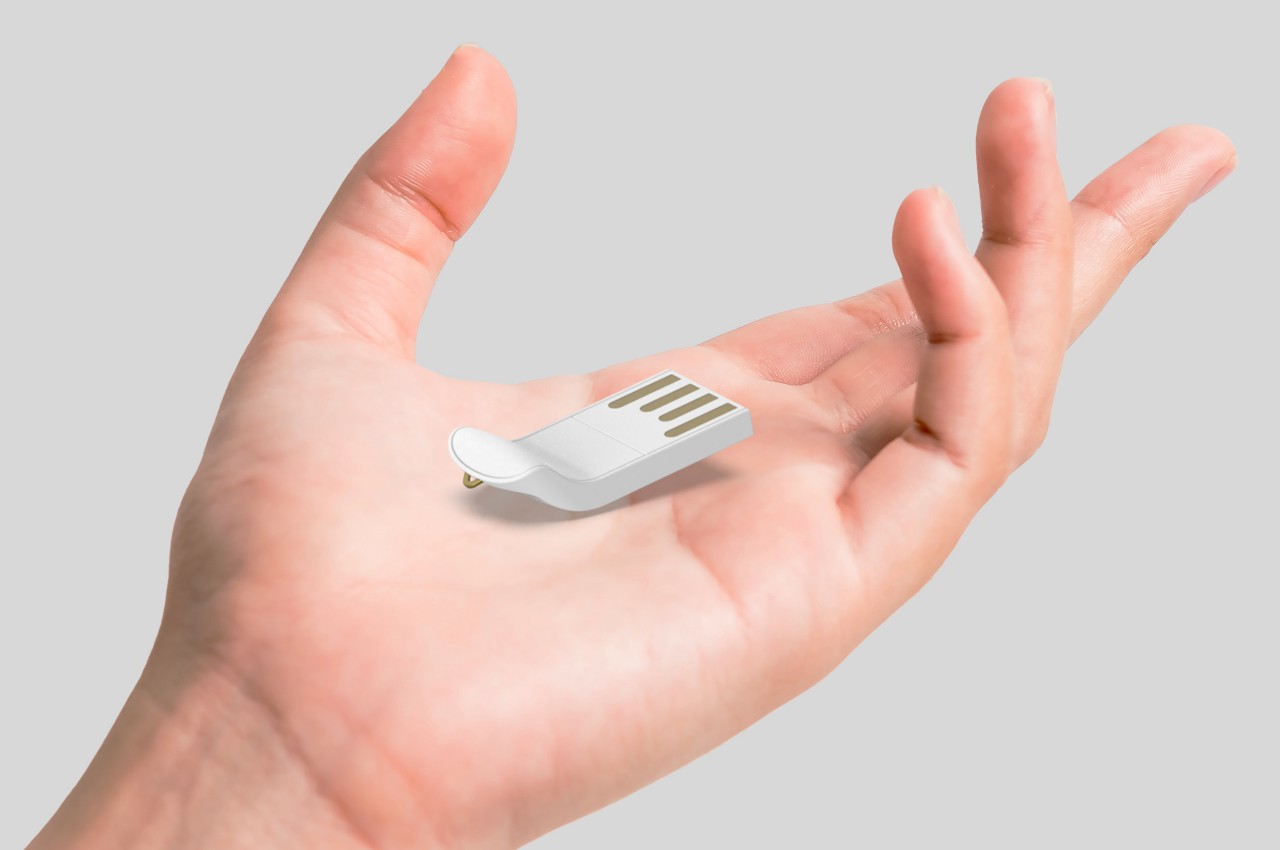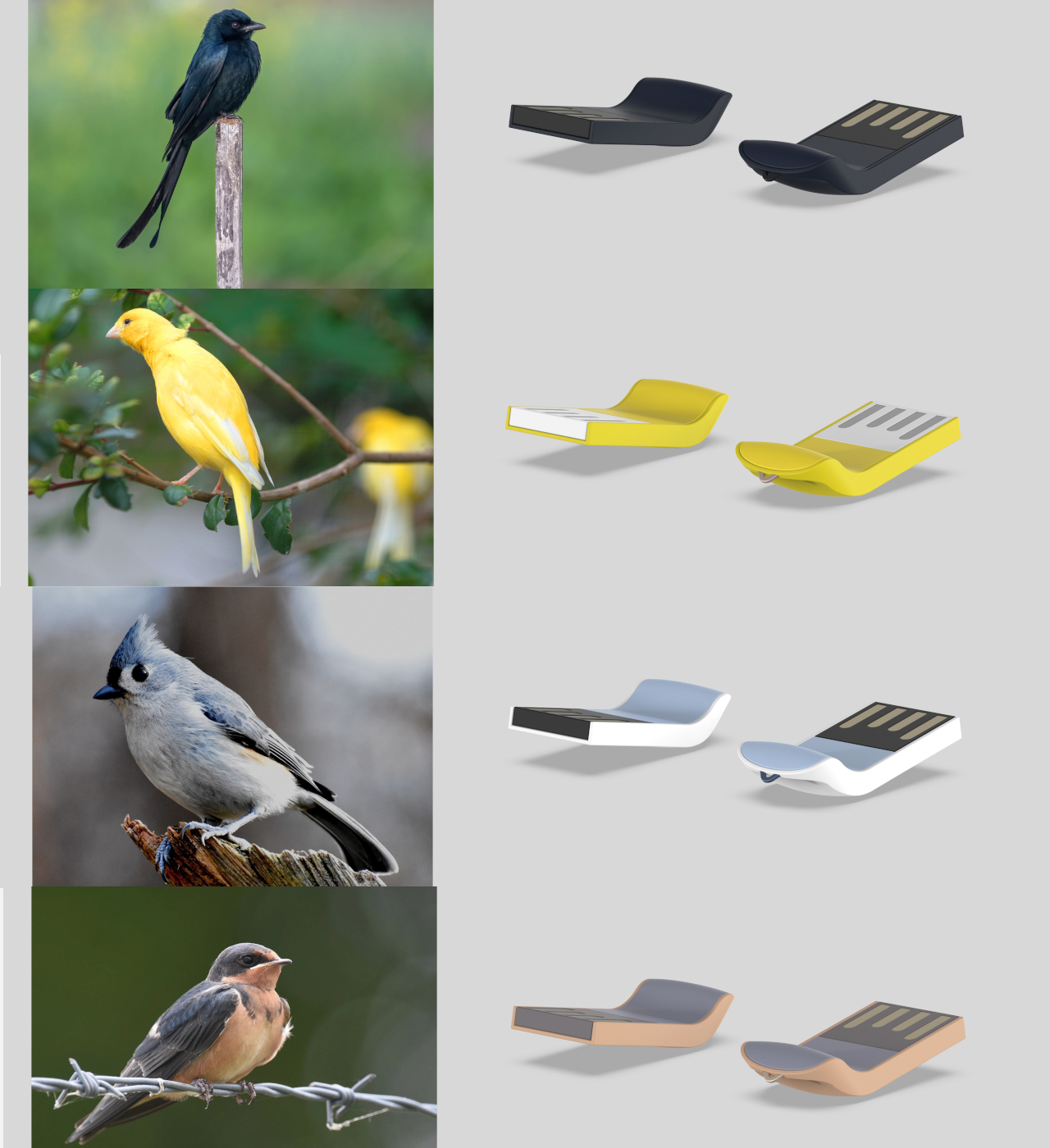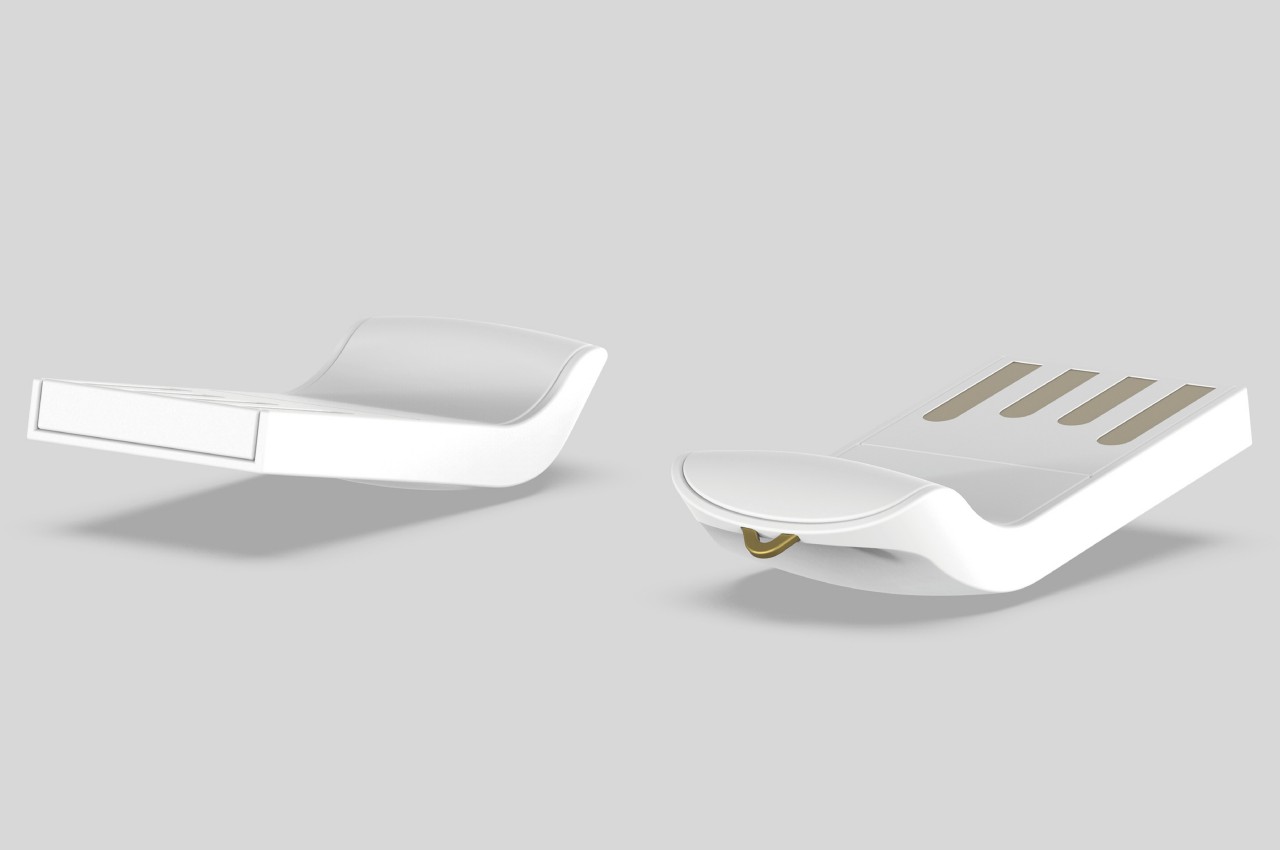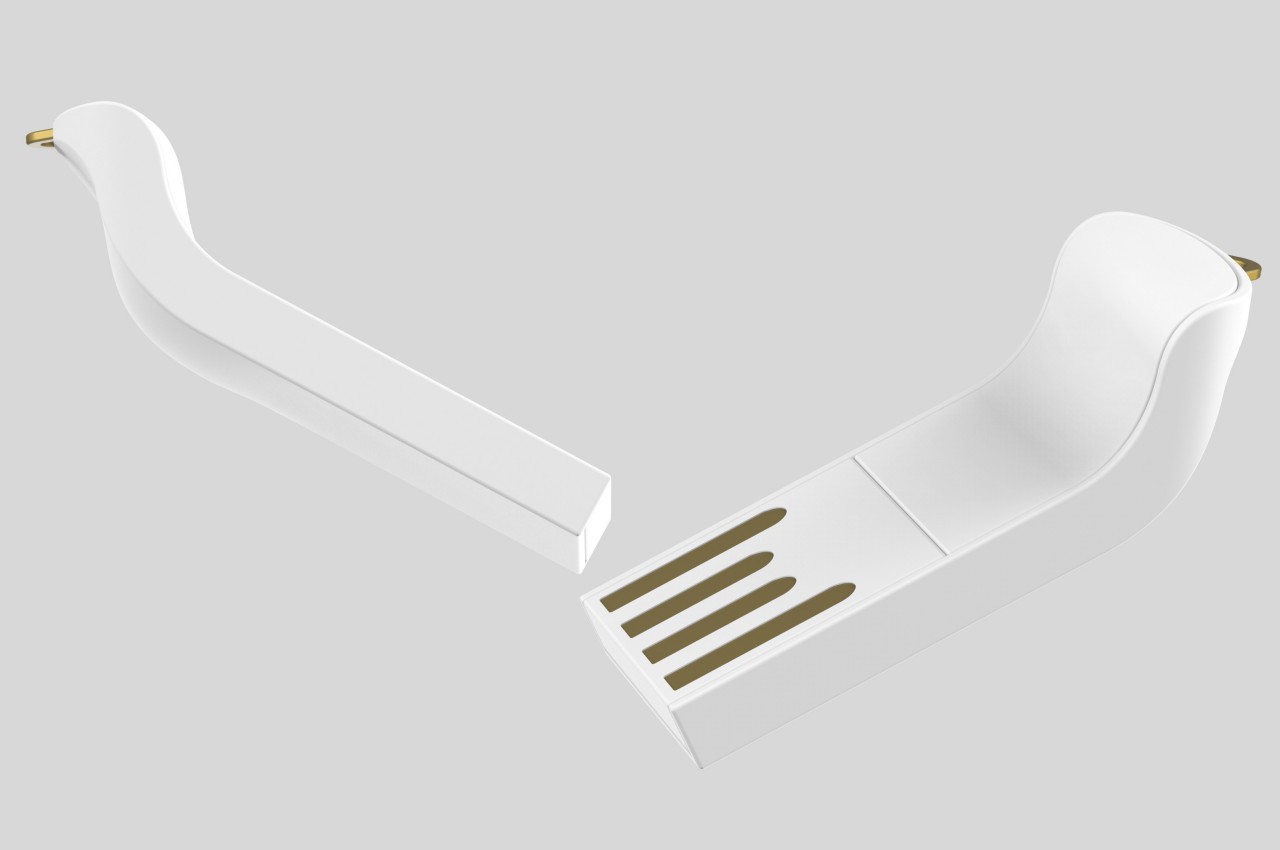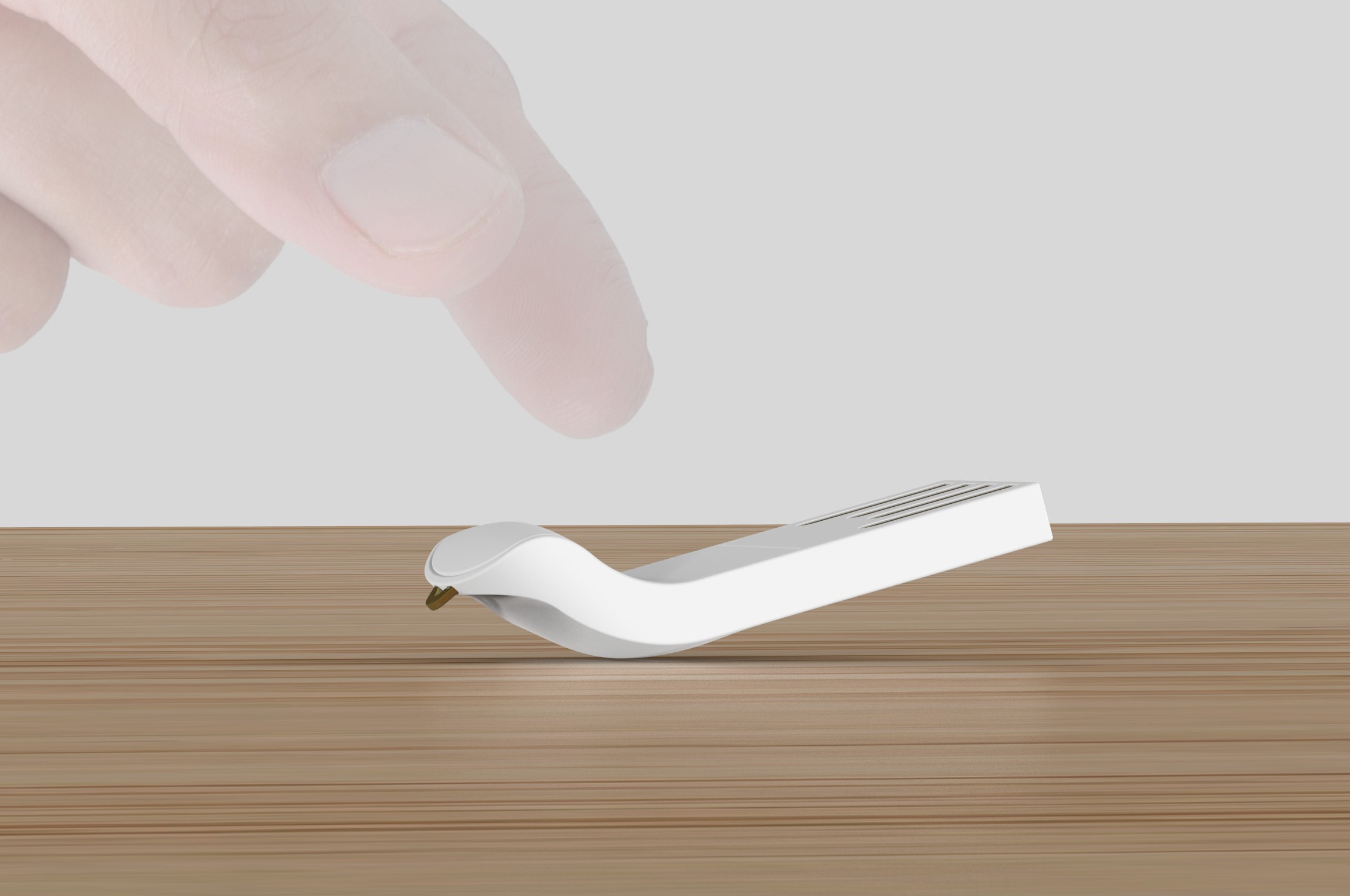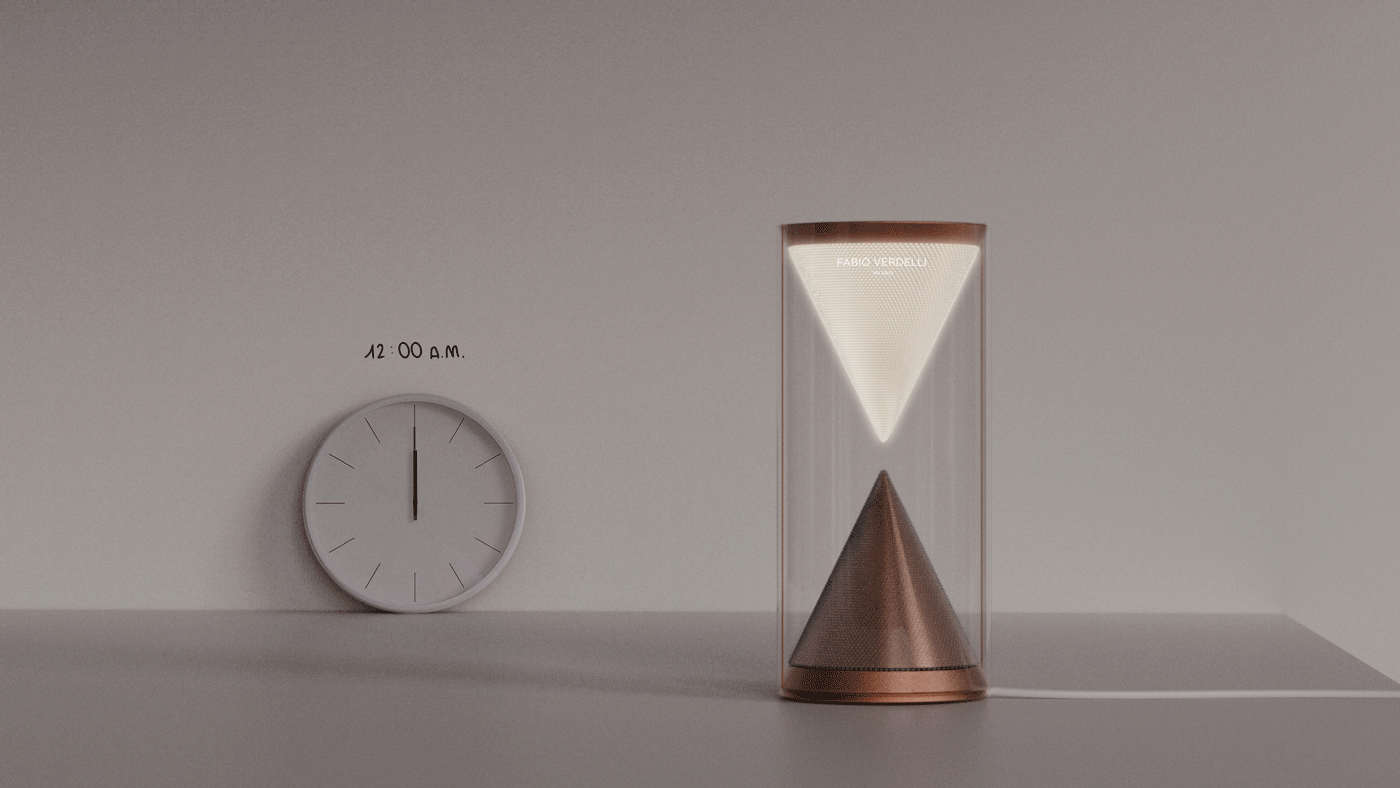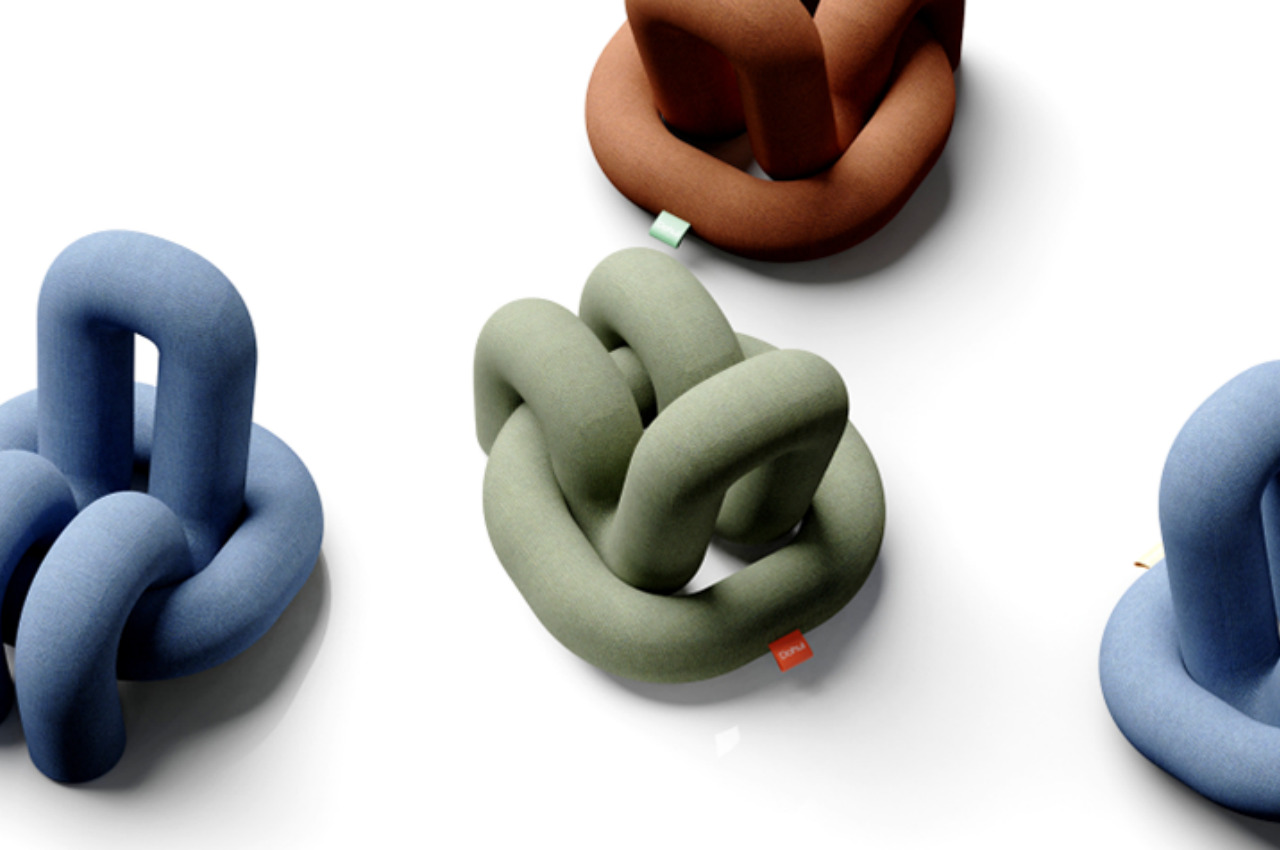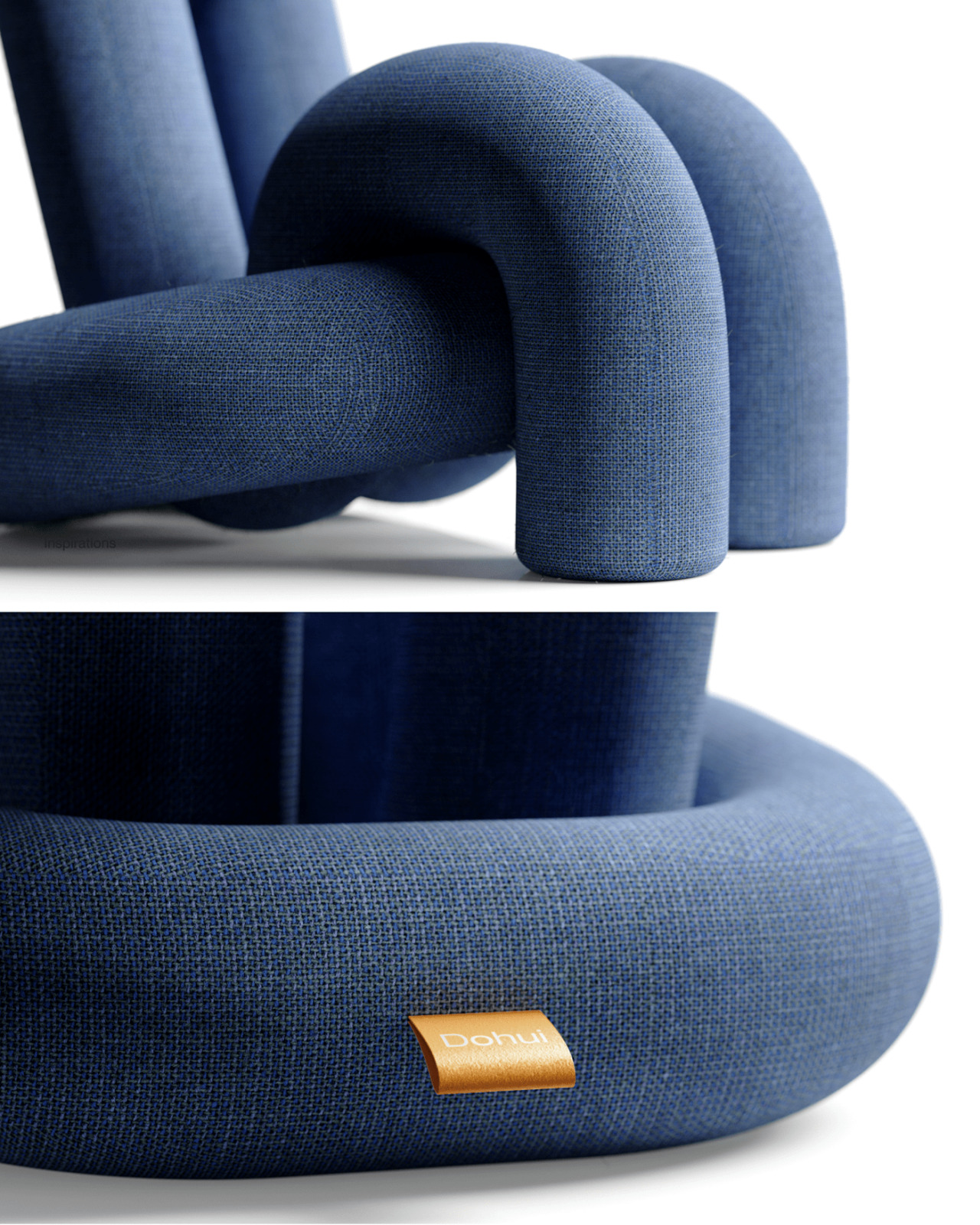
Bluetooth speakers are a dime a dozen these days, but the majority of them share one particular trait. They’re designed with aesthetics to fit inside the house, sometimes looking like elegant pieces of interior decoration even. There’s nothing wrong with that, of course, but they do imply or even explicitly state that these speakers should not be taken out of the house. There will always be times when you wish you could bring your trusty wireless speaker along with you, but at the same time don’t want to take out what looks like a military weapon out of your bag or car. This Bluetooth speaker aims to strike a balance between durability and bold design, and it does so by taking a few pages out of an electric vehicle’s design book.
Designer: Billy Ernst
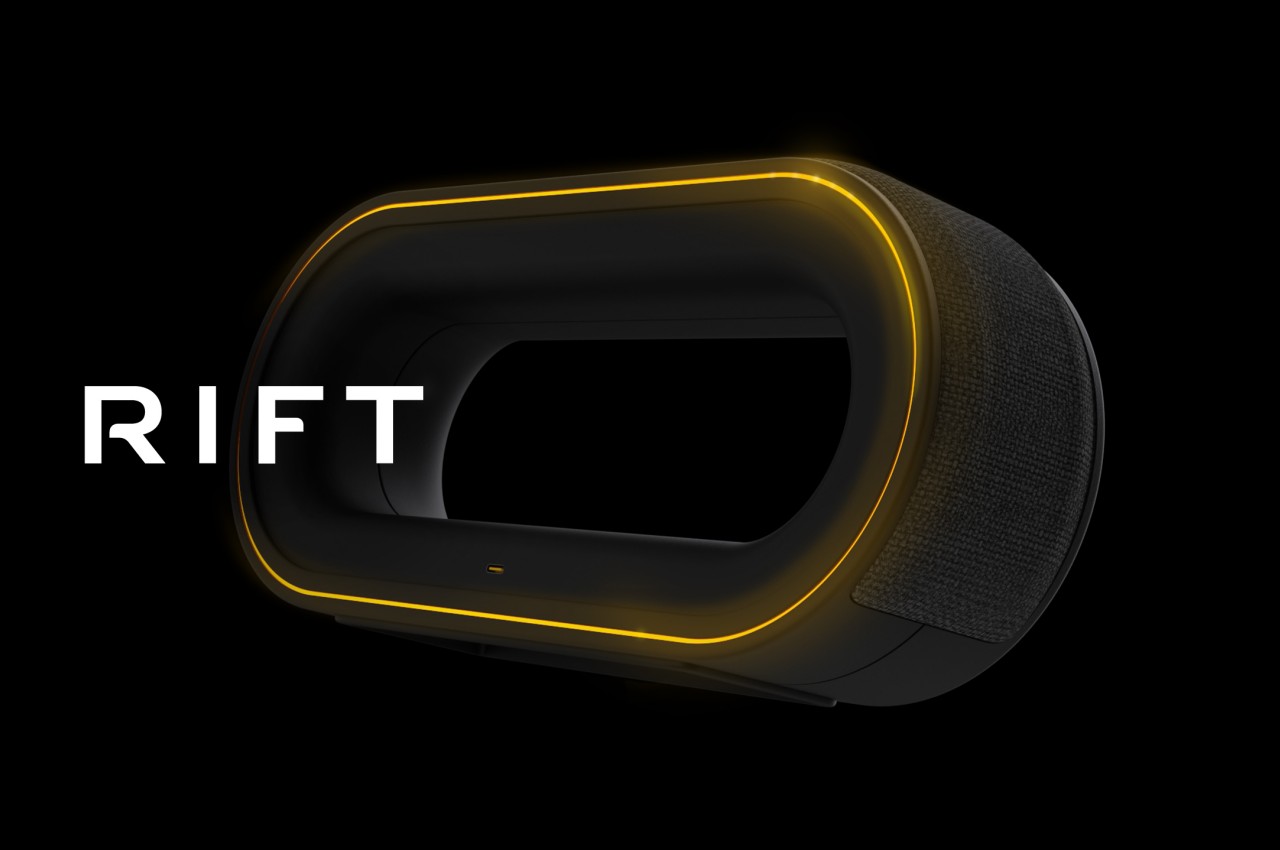
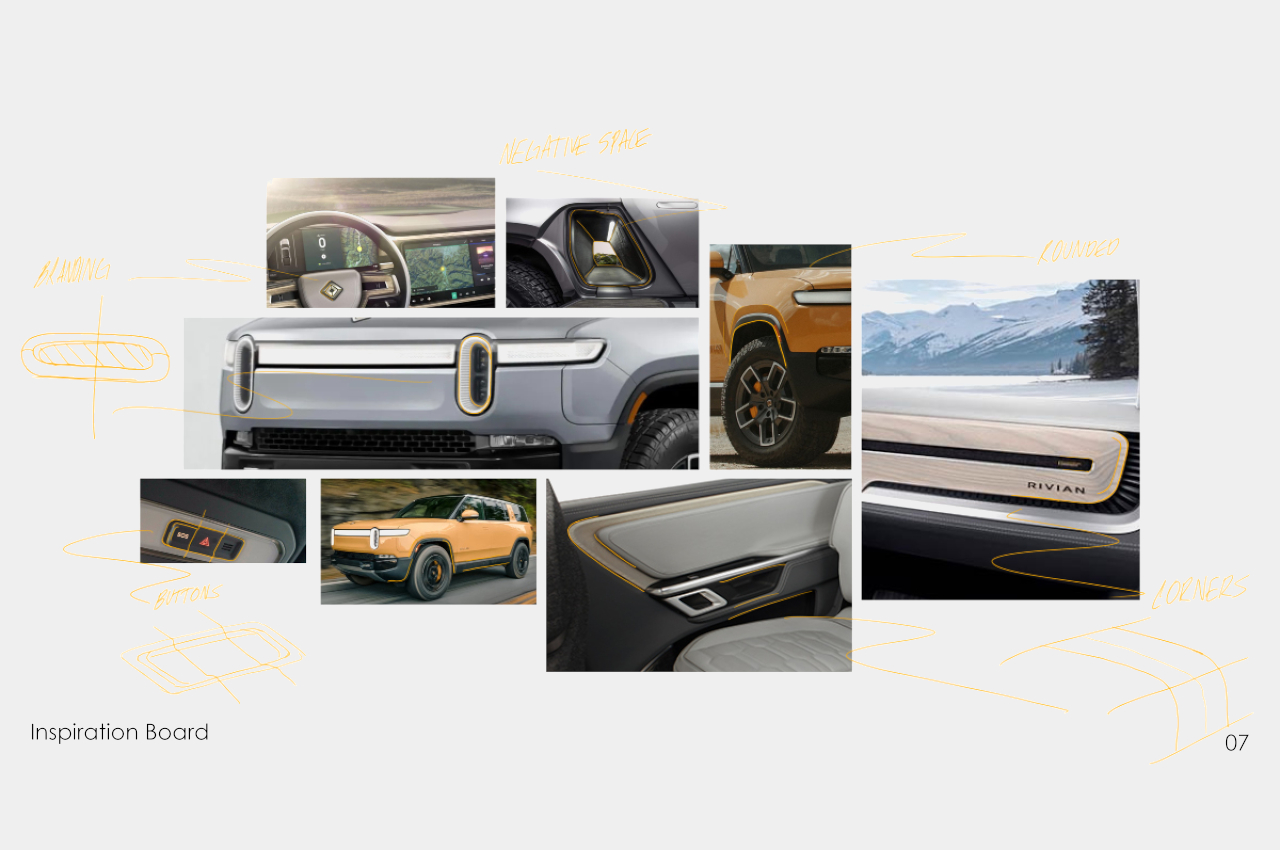

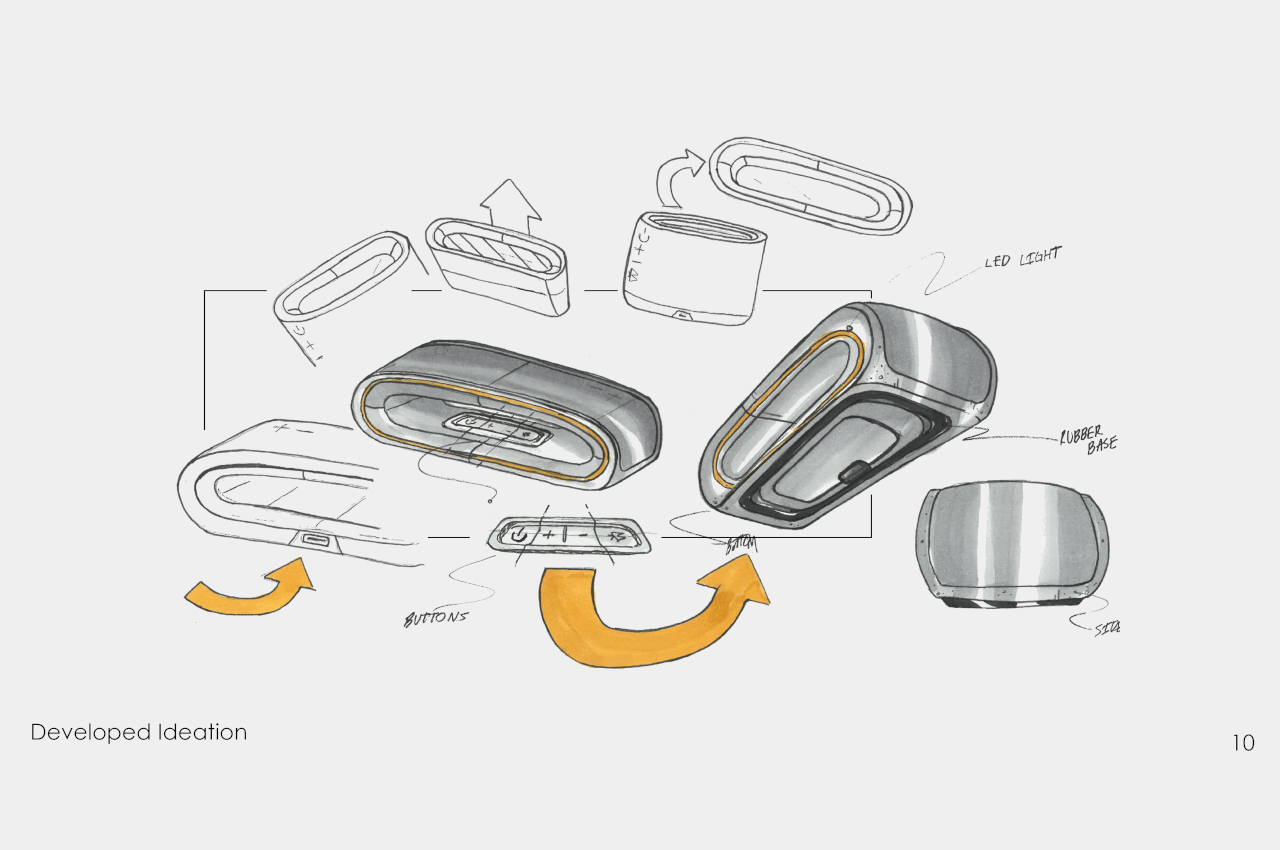
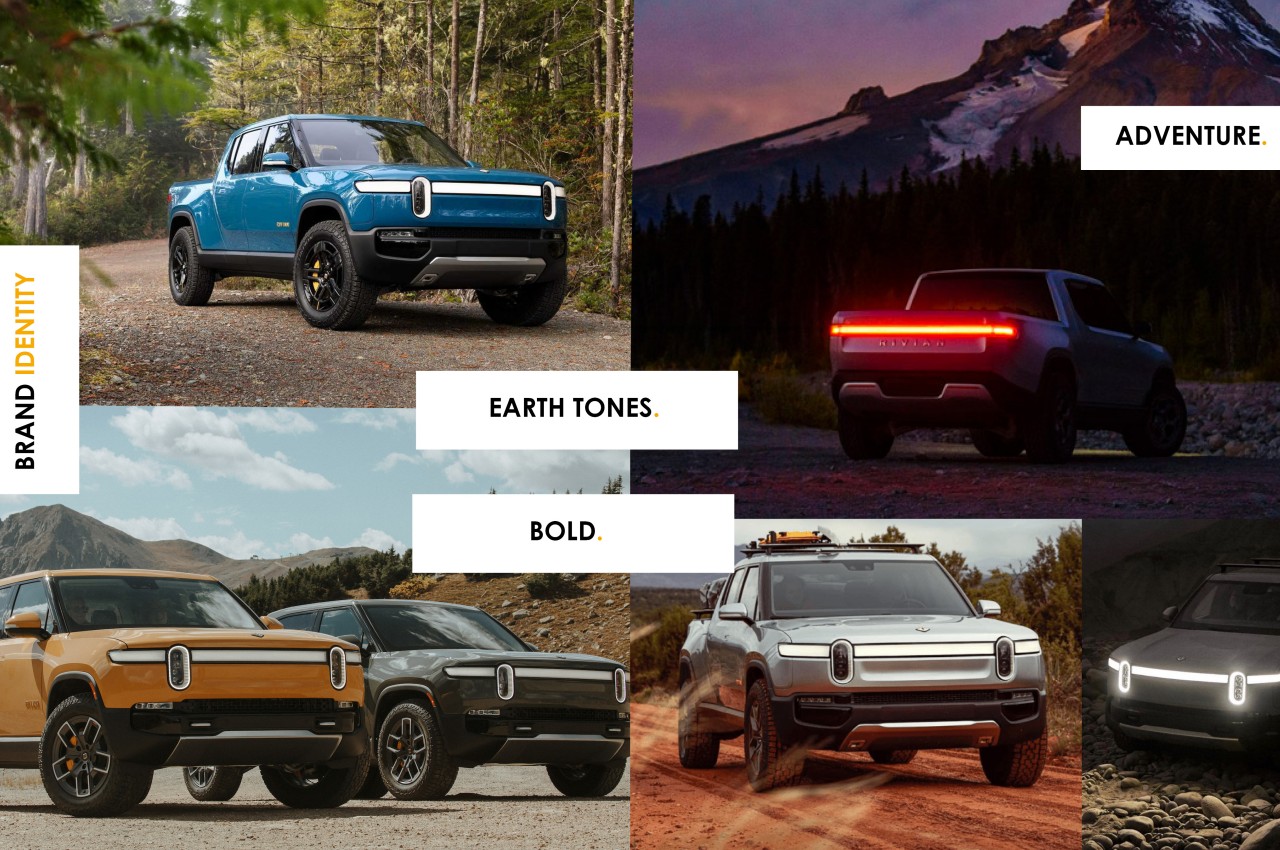
Electric vehicles or EVs are touted to be the cars of the future, mostly because of their more eco-friendly mode of operation and advanced electronics, but there are some EV makers that take that identity beyond just internal components. Rivian’s adventure vehicles, for example, employ a combination of angular and muscular elements, sharp lines, bold proportions, and distinctive lighting that make the EVs look like TRON vehicles come to life. It’s no wonder, then, that the RIFT Bluetooth speaker concept gives off that same futuristic vibe, demonstrating a design that looks great not just outdoors but indoors as well.
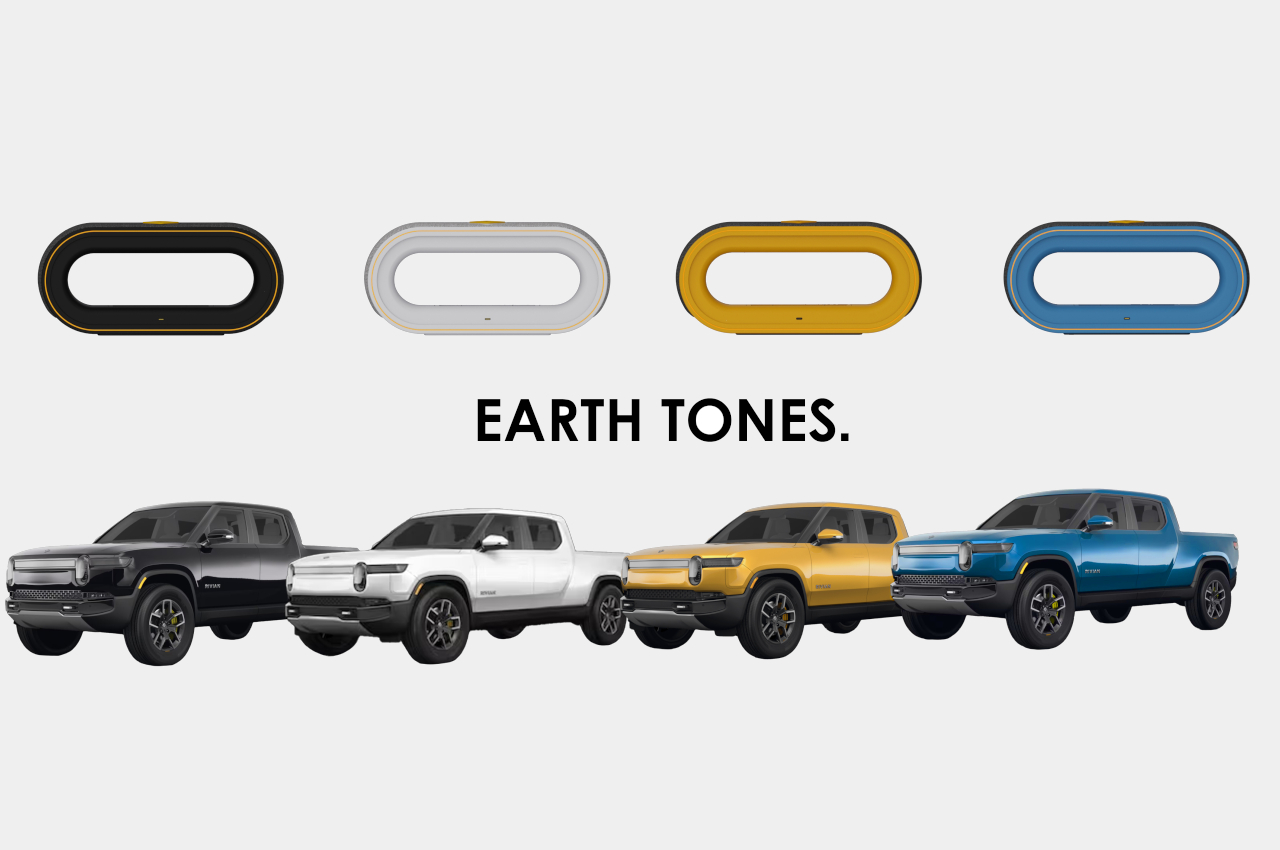

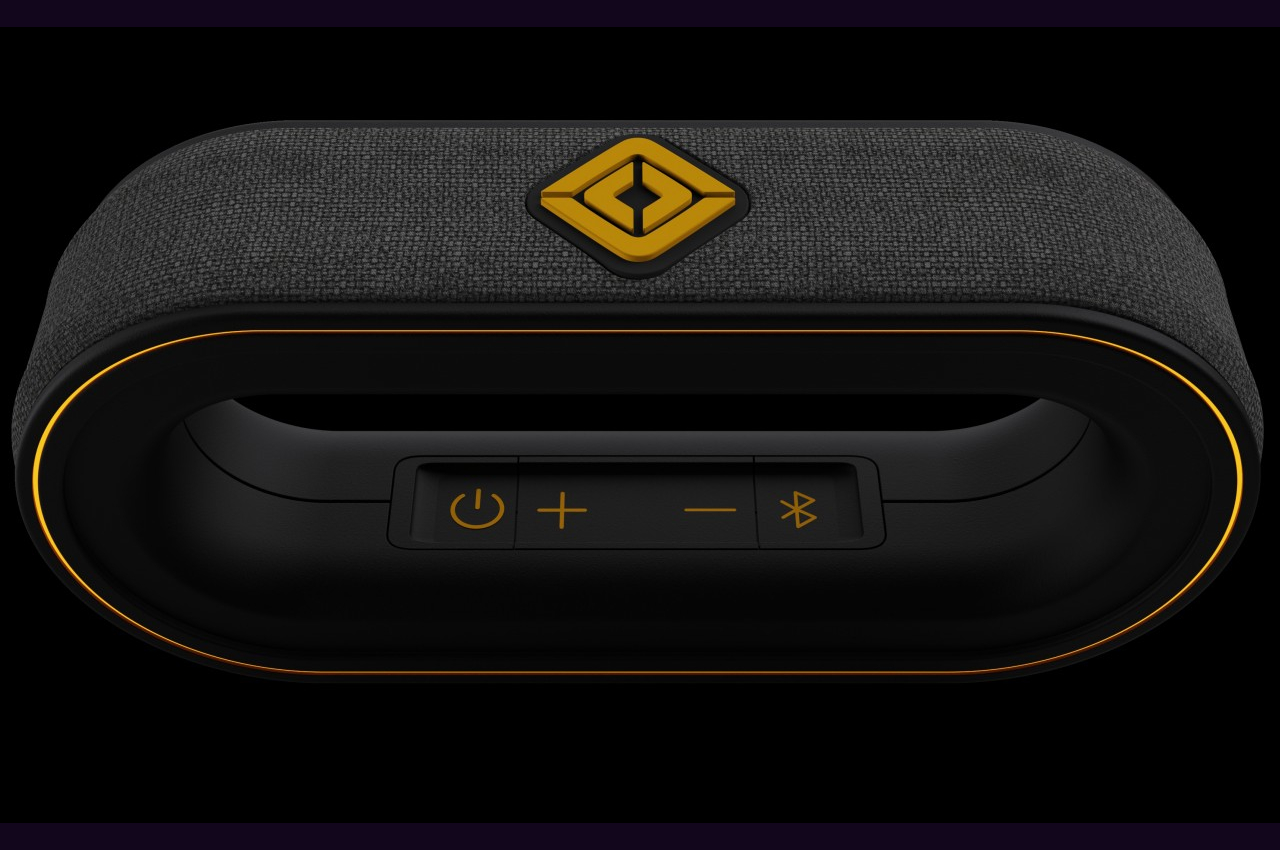
Unlike regular speakers, RIFT comes in an oval ring shape that leaves its middle completely hollow. With the speaker mesh that wraps around the exterior surface, it almost looks like the tread of a tank. Although it comes in different colors, the options are limited to earthy tones that match the EV maker’s own selection, including Glacier White, Rivian Blue, Compass Yellow, and Midnight Black. The LED lighting on the rim serves as a unique accent that brings a sci-fi aesthetic while also providing functionality as a battery level and pairing indicator.



There aren’t too many details in the design that distract from the overall appearance. There are only four control buttons for power, volume, and pairing, and they’re mostly hidden from view on the inner surface of the loop. The more visible button on the top serves both as pause/play control as well as branding. Other than these, the entire body of the speaker is one unbroken ring, giving it a unified and bold appearance while also evoking a sense of stability and reliability.
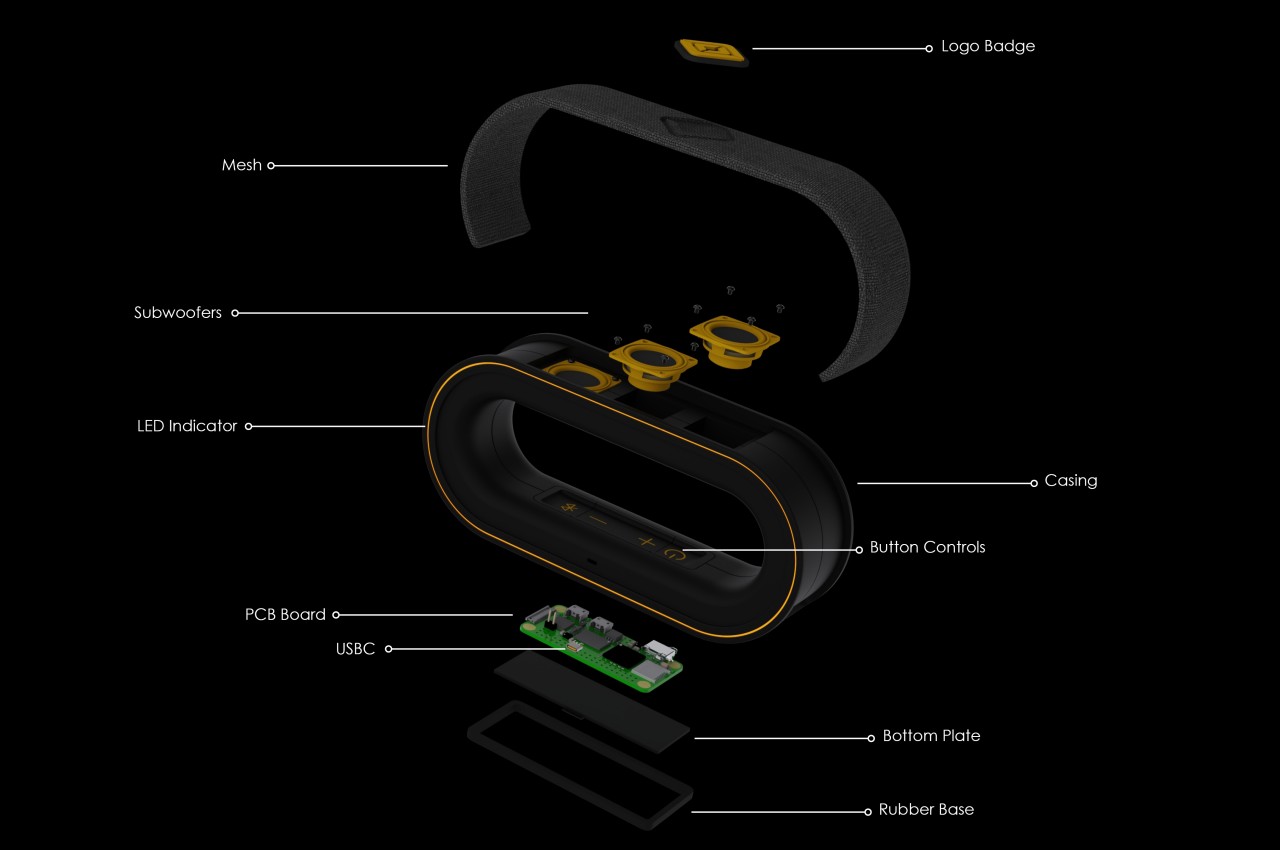
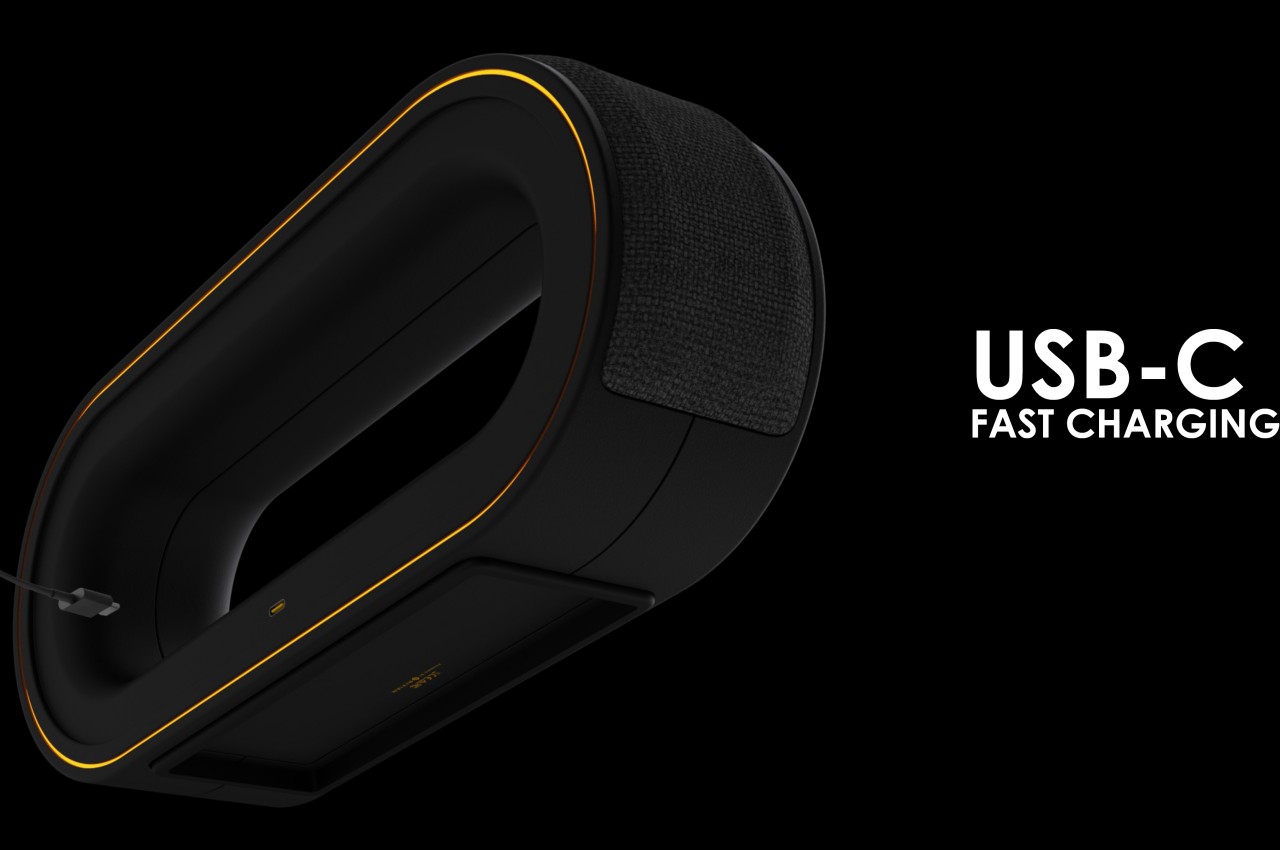
Given the shape of the speaker, there might be some concerns about the direction that the sound will travel because of the positioning of the speakers. There’s also mention of any dust and water resistance that is a must-have for any adventurous pieces of electronic equipment. Of course, these are just implementation details that wouldn’t really affect the core concept of a bold and daring speaker that can accompany you on your adventures, even if that means just staying at home.



The post Futuristic Bluetooth speaker concept is inspired by electric cars first appeared on Yanko Design.













